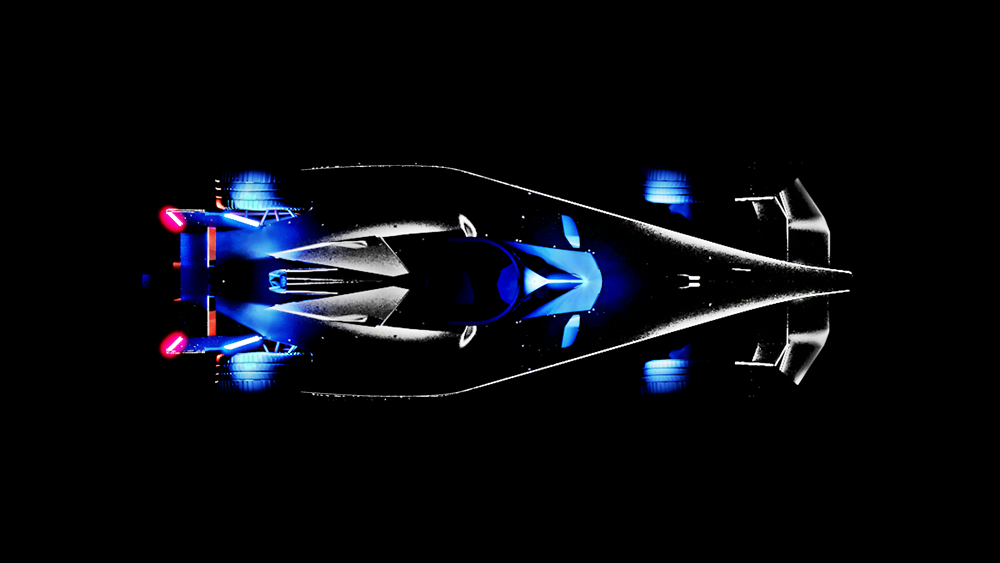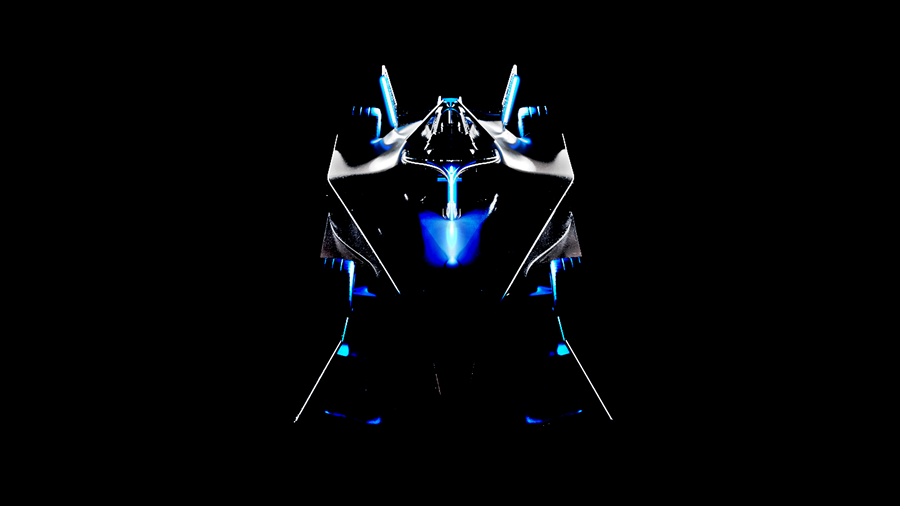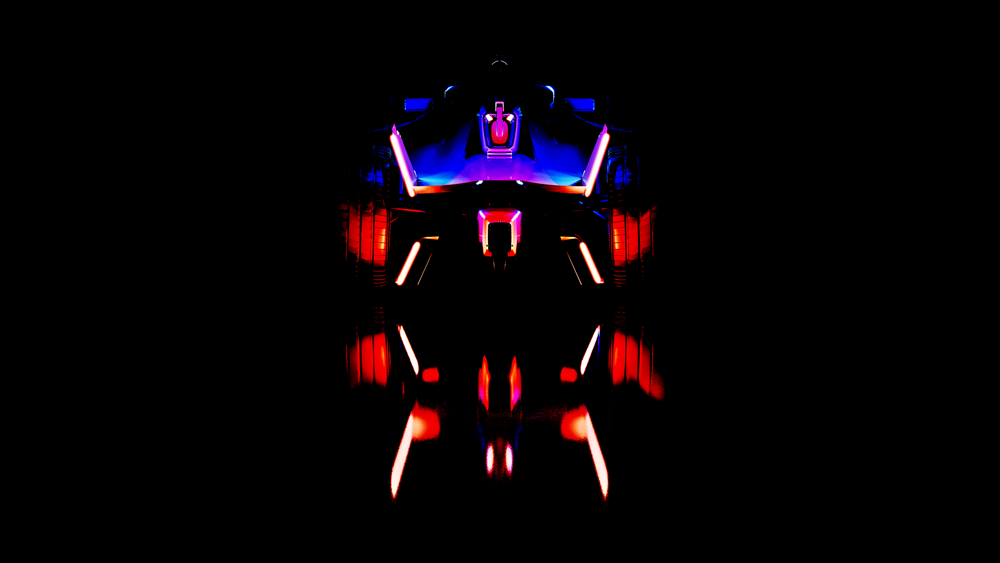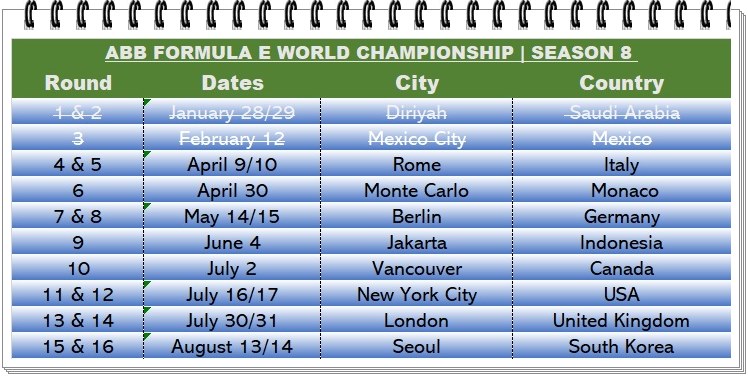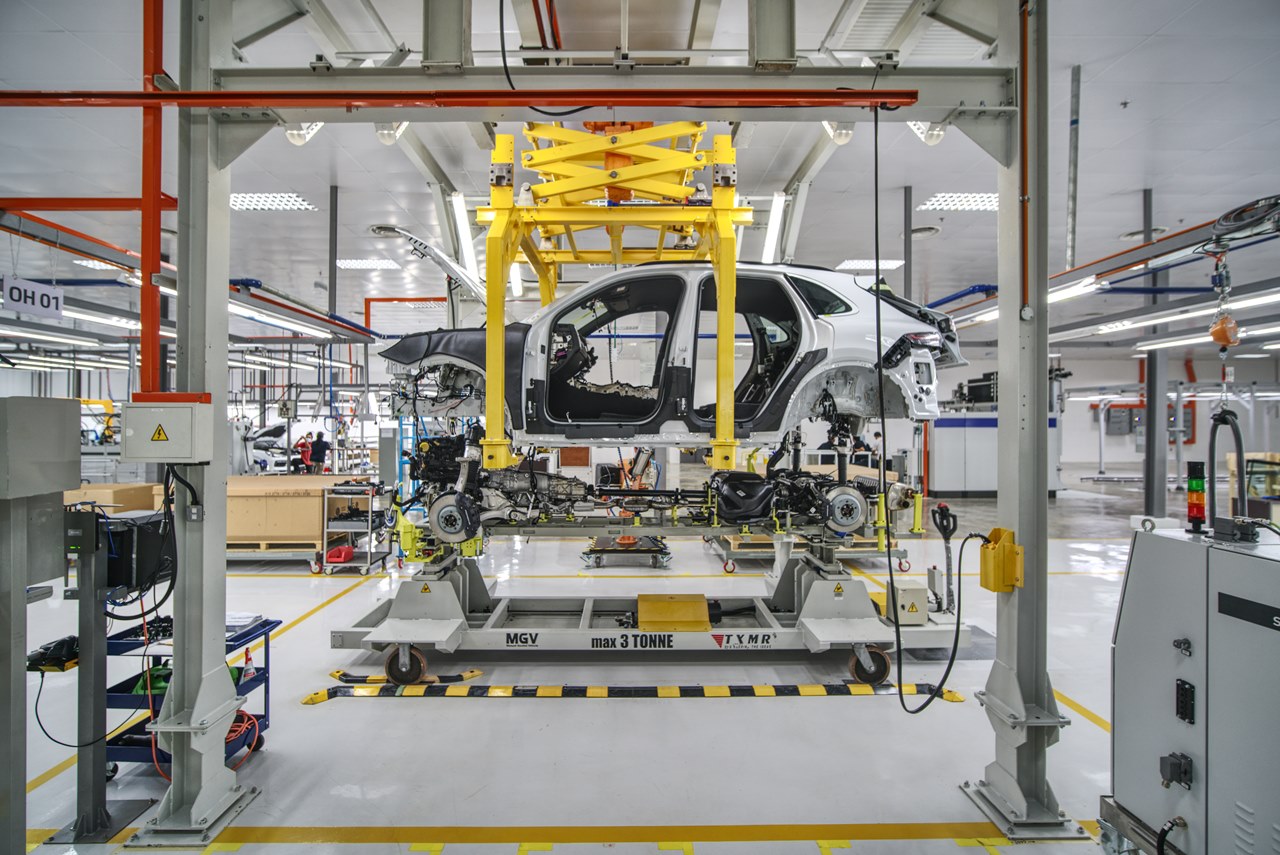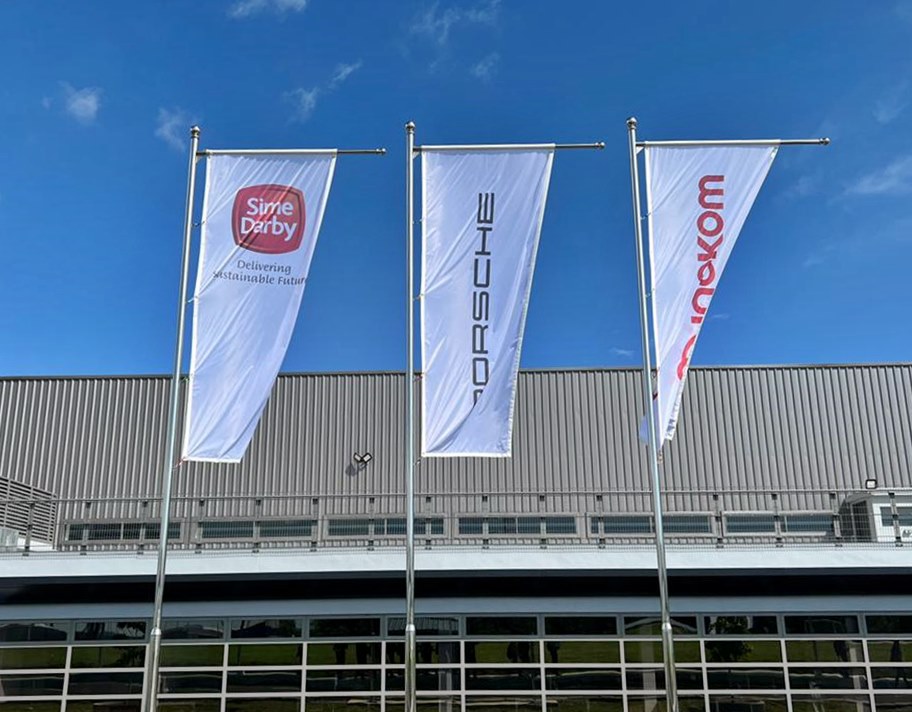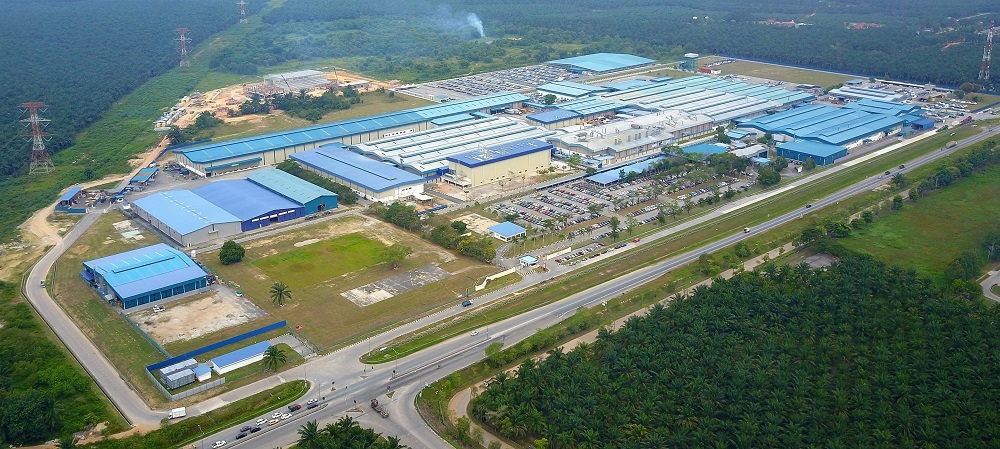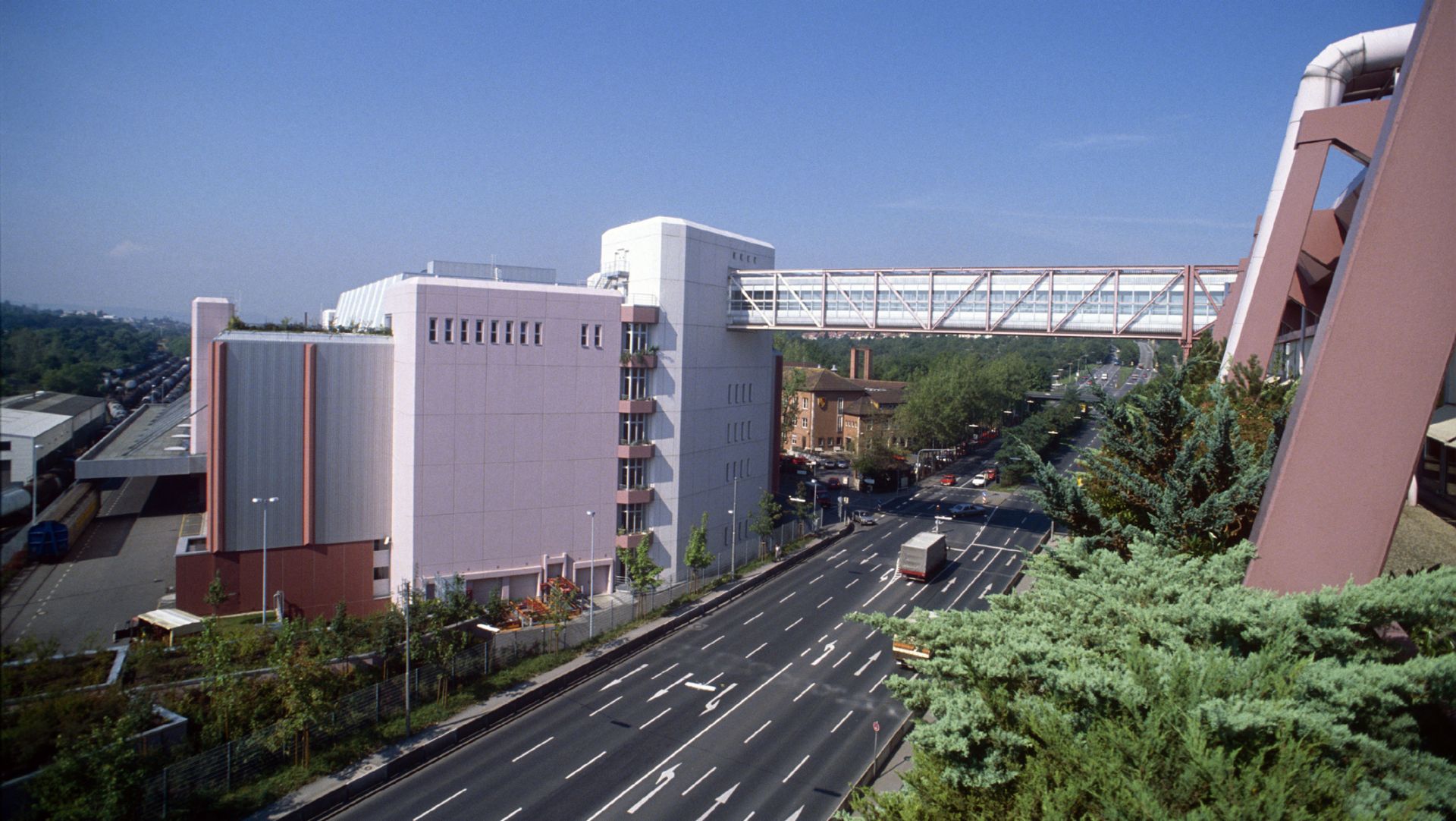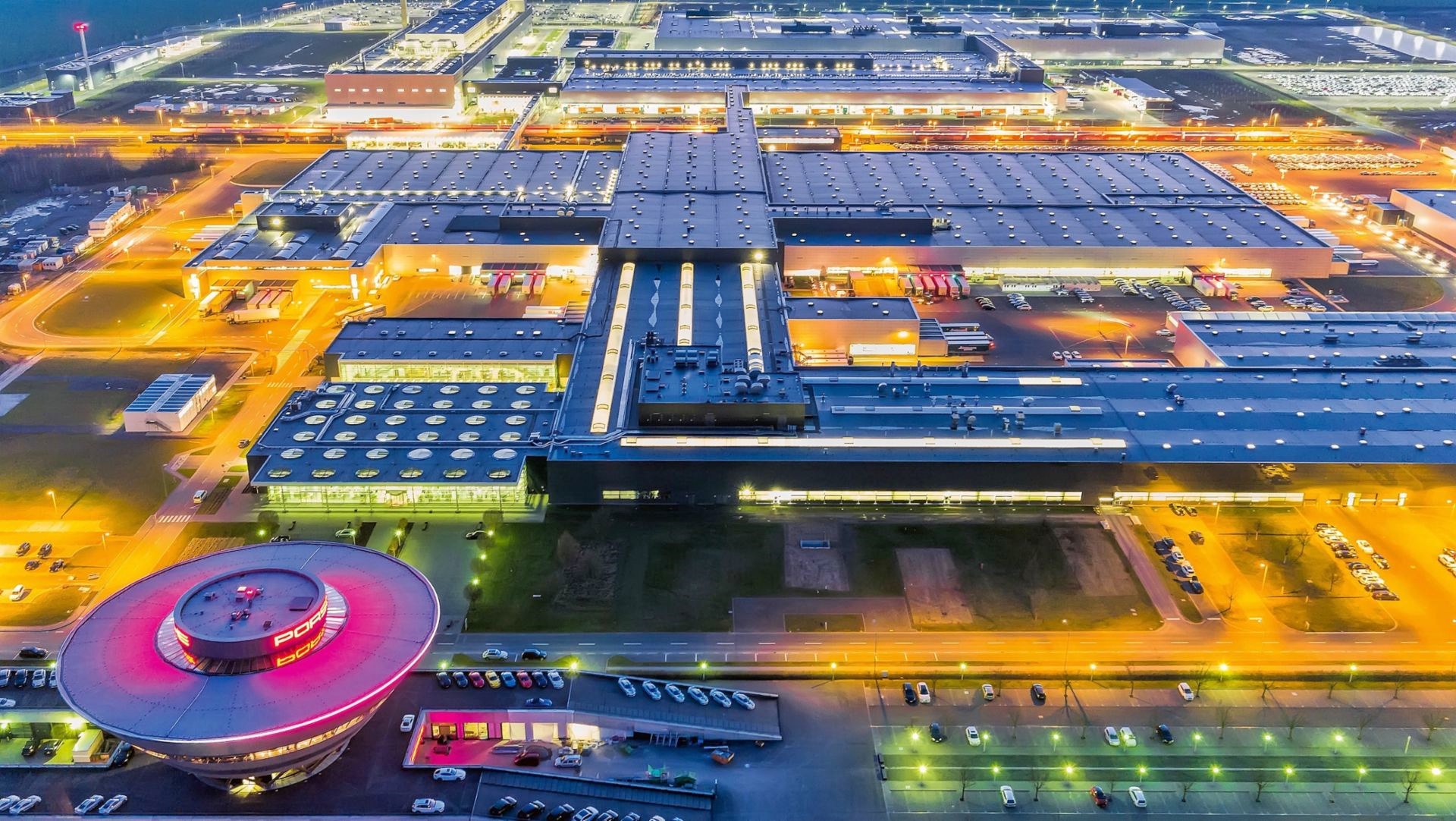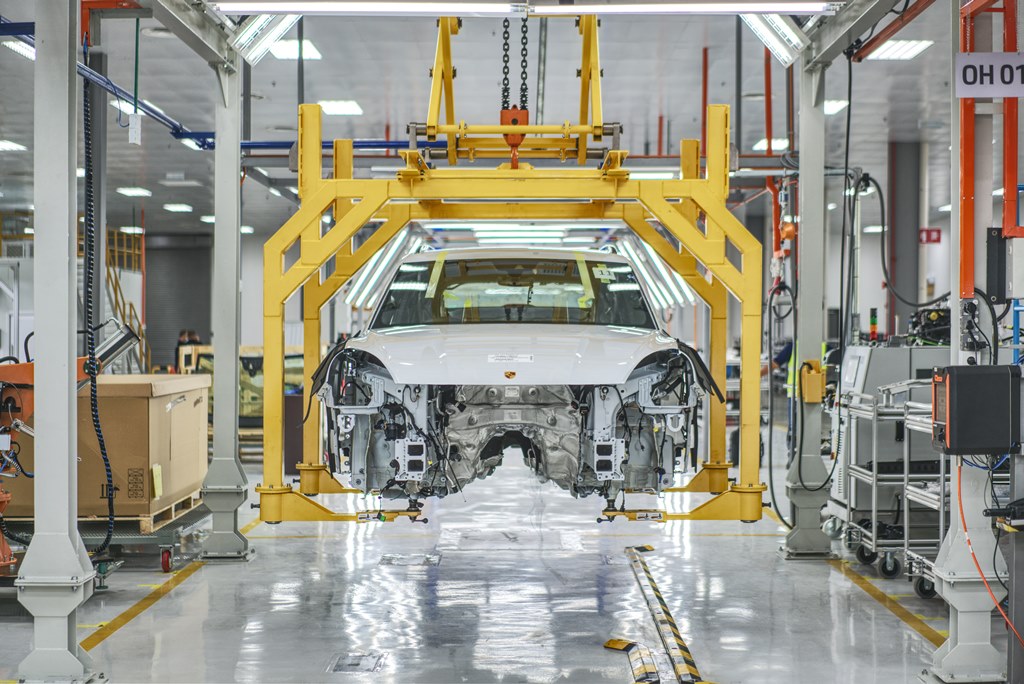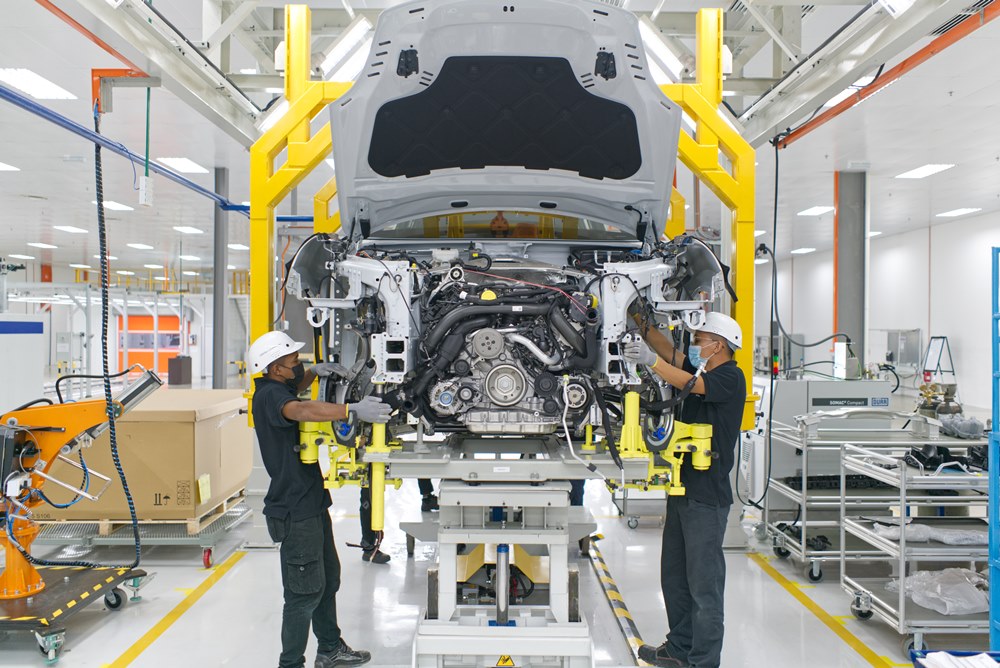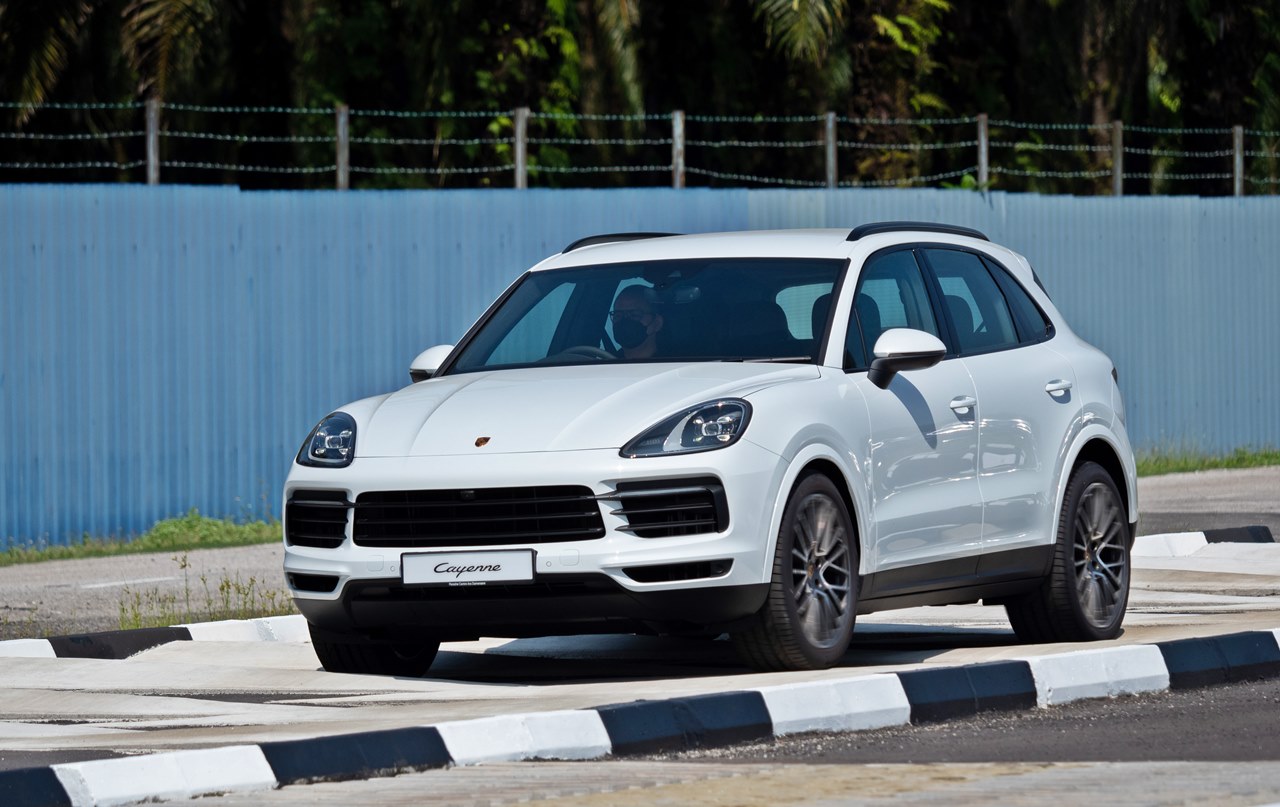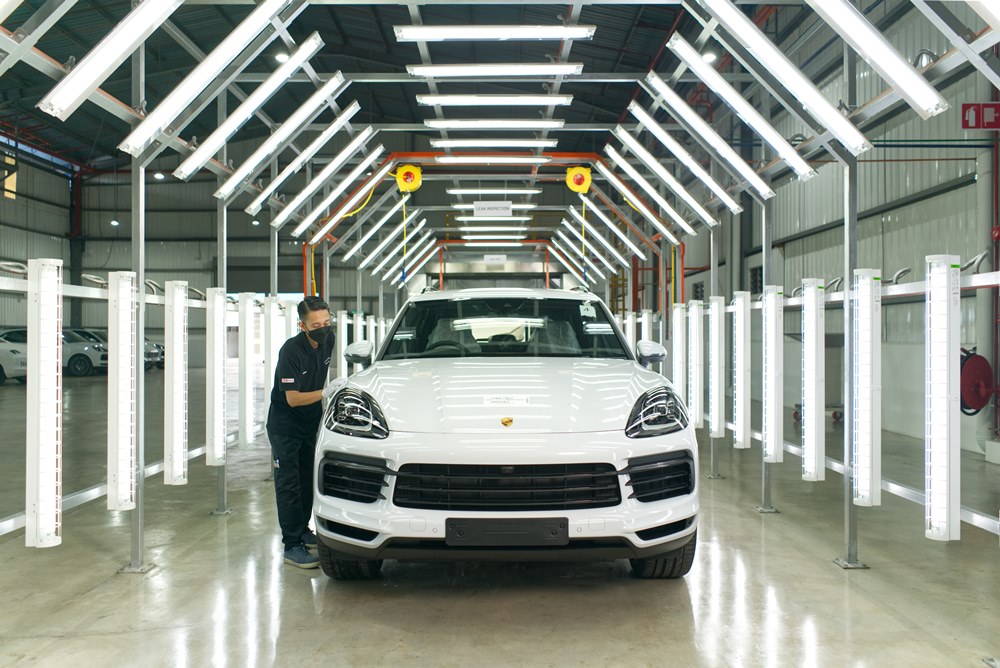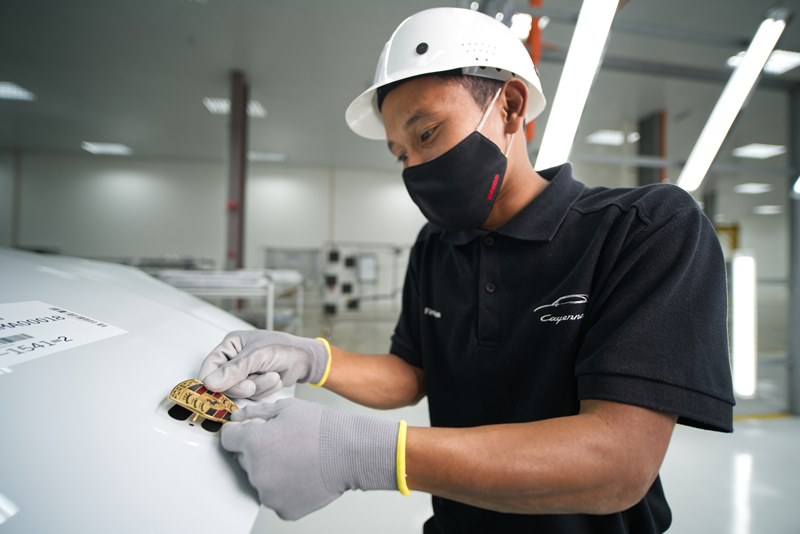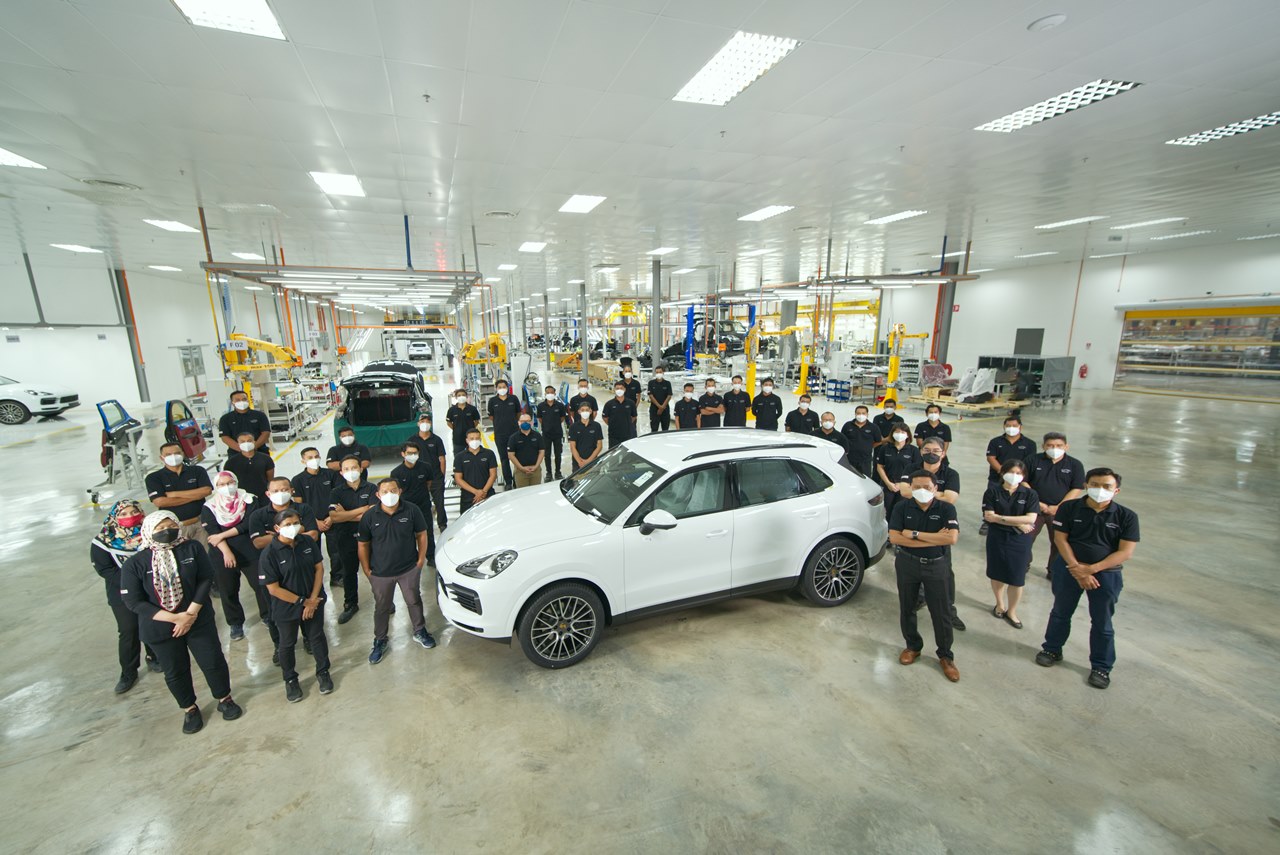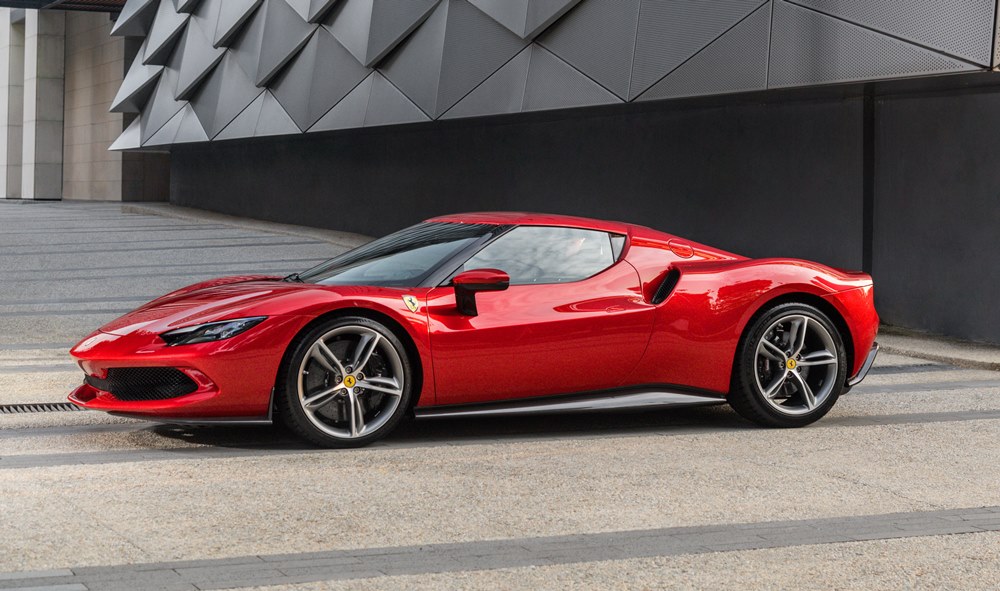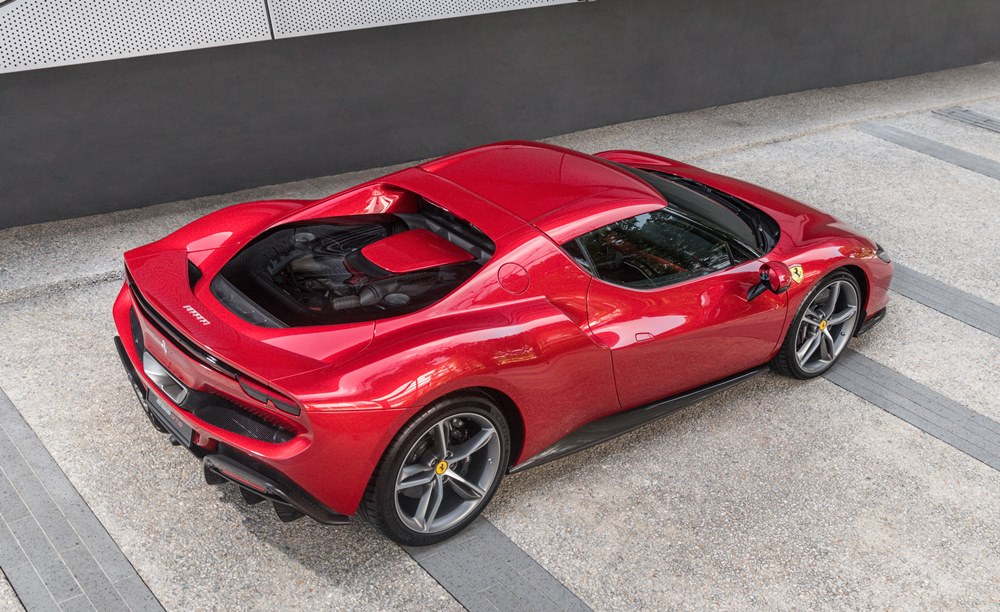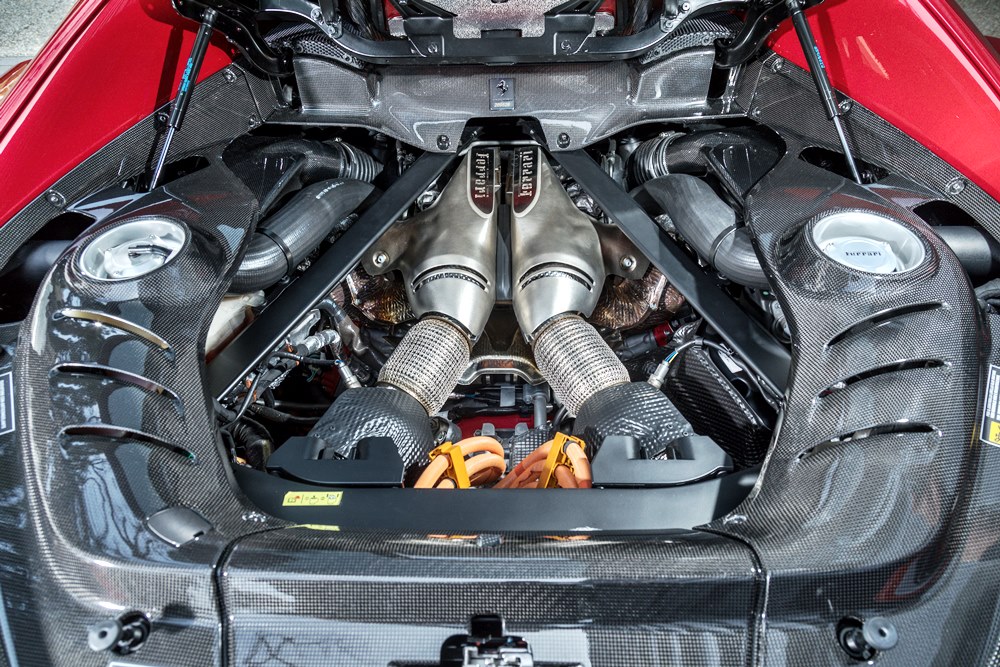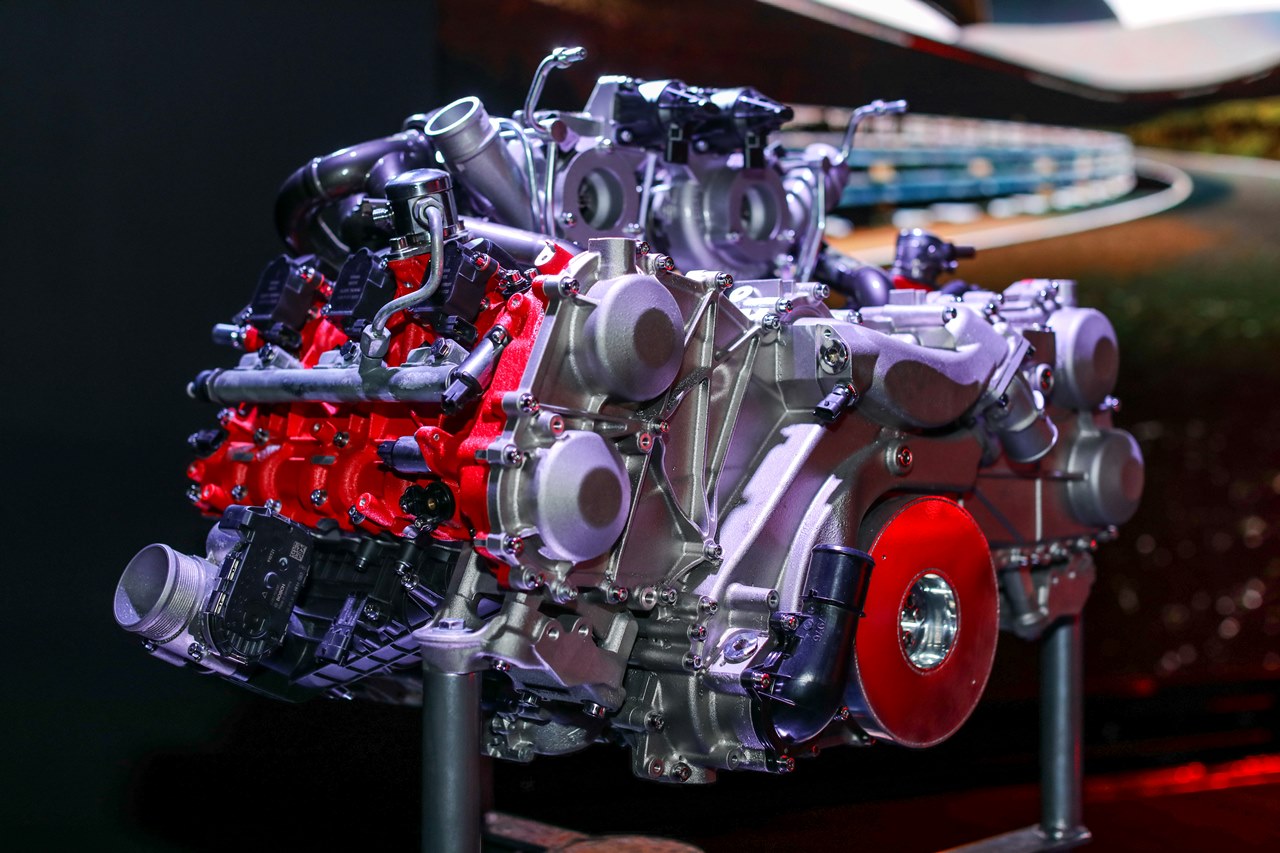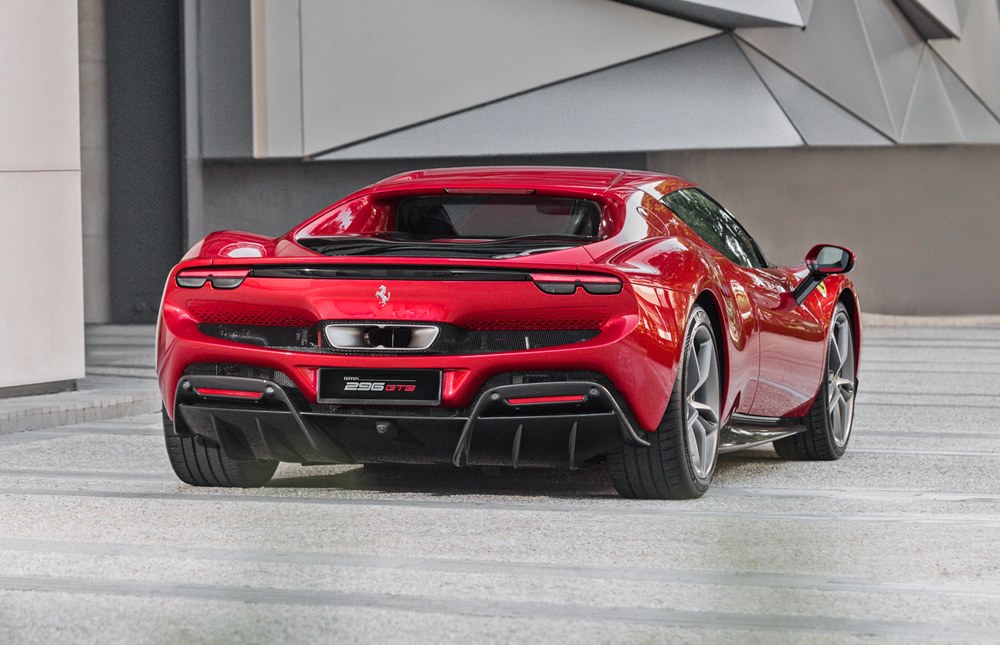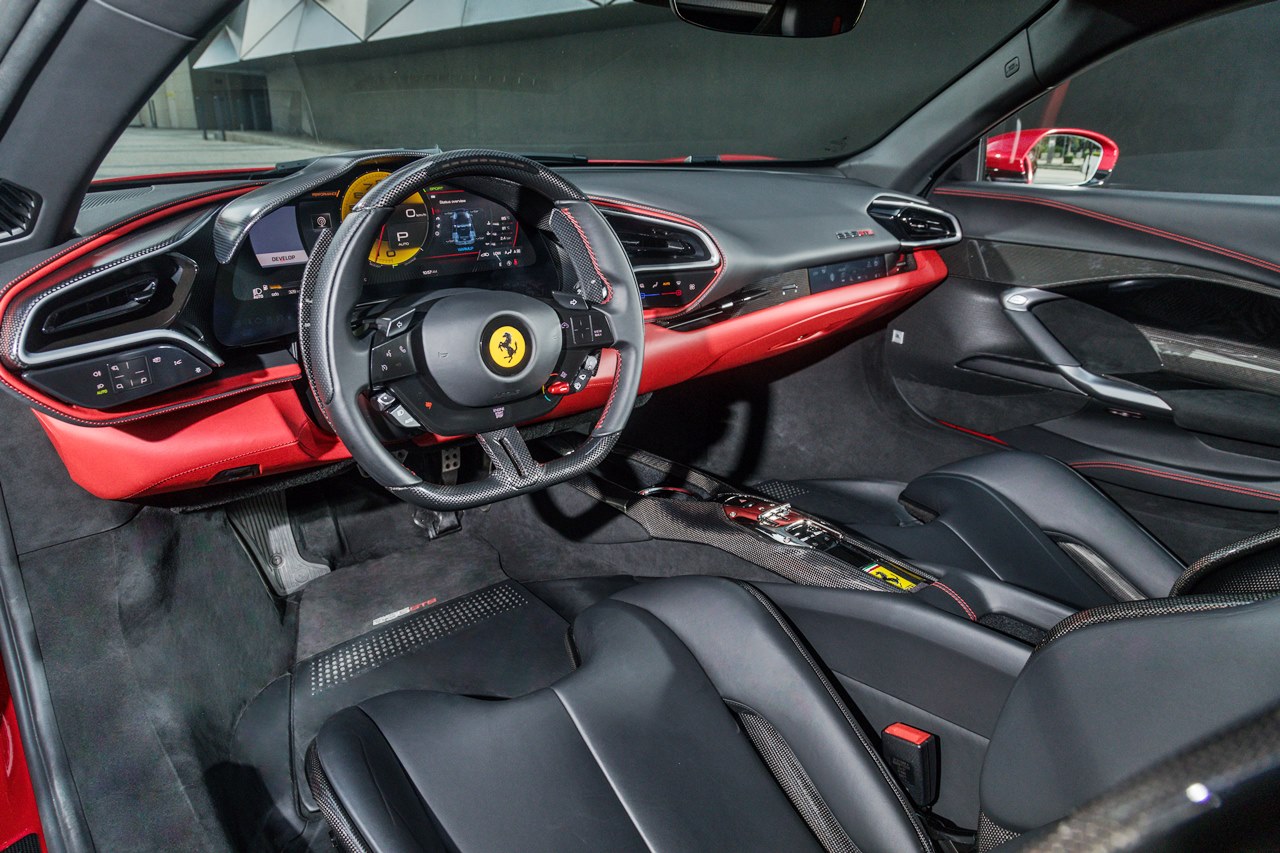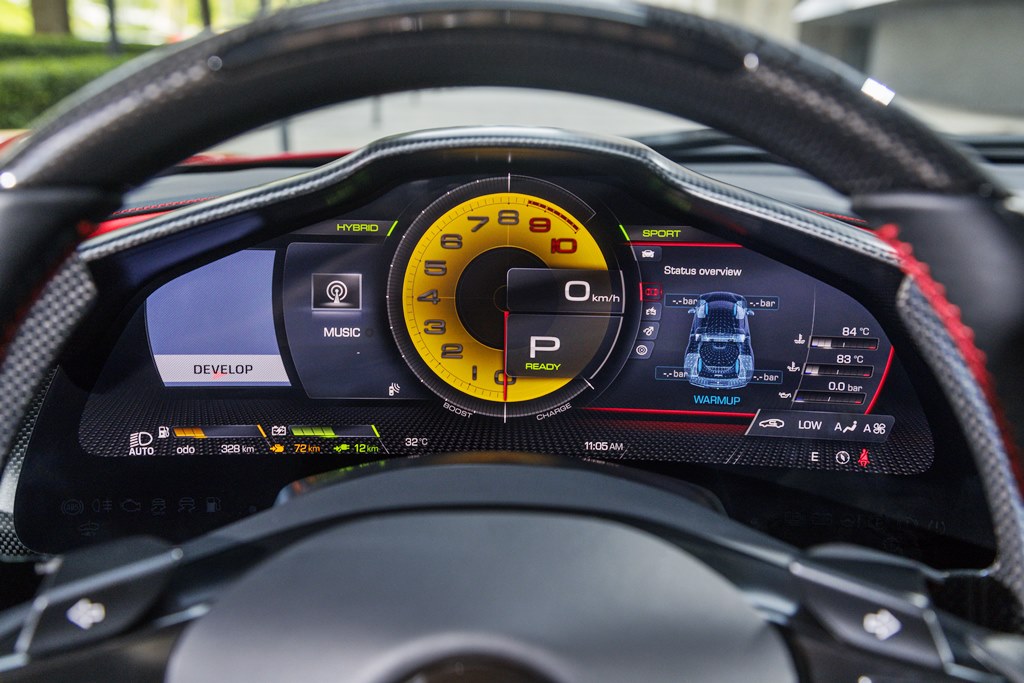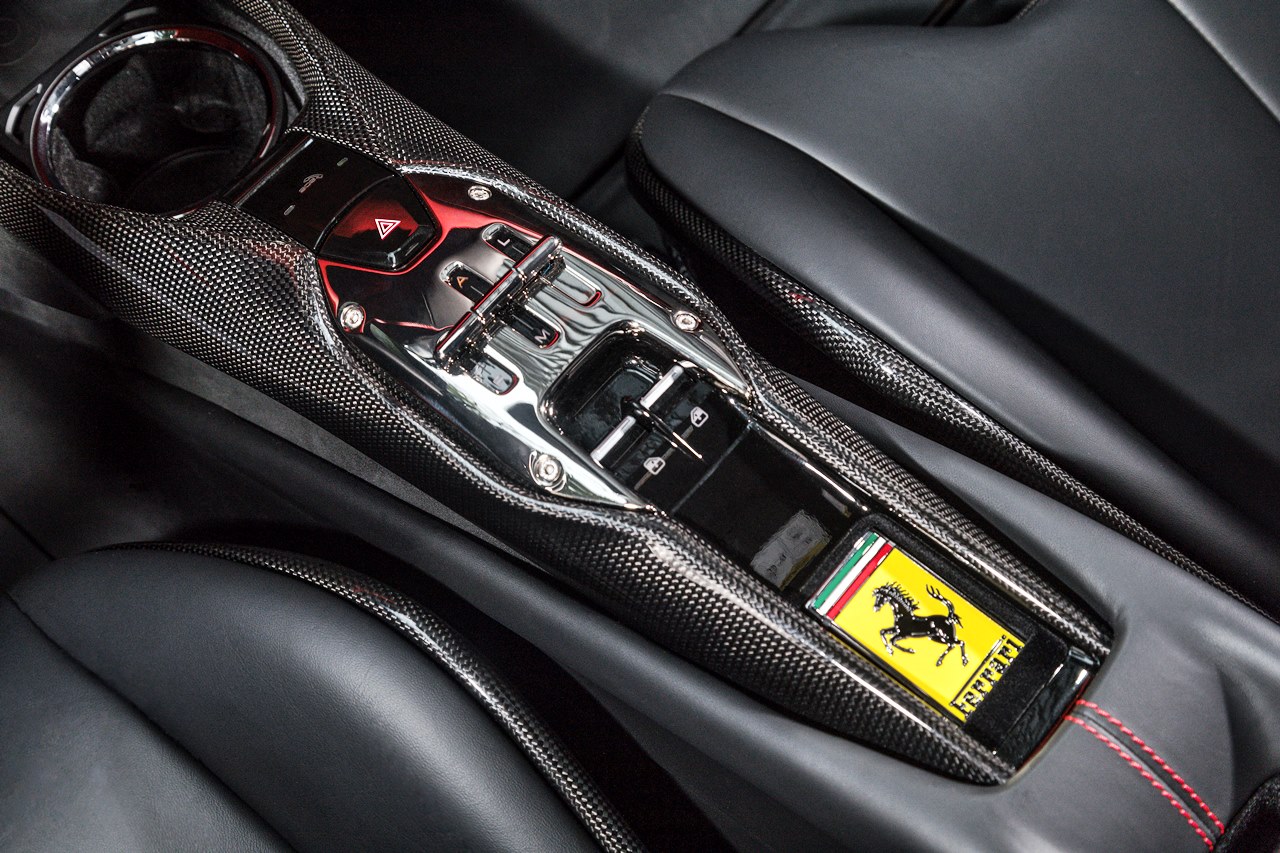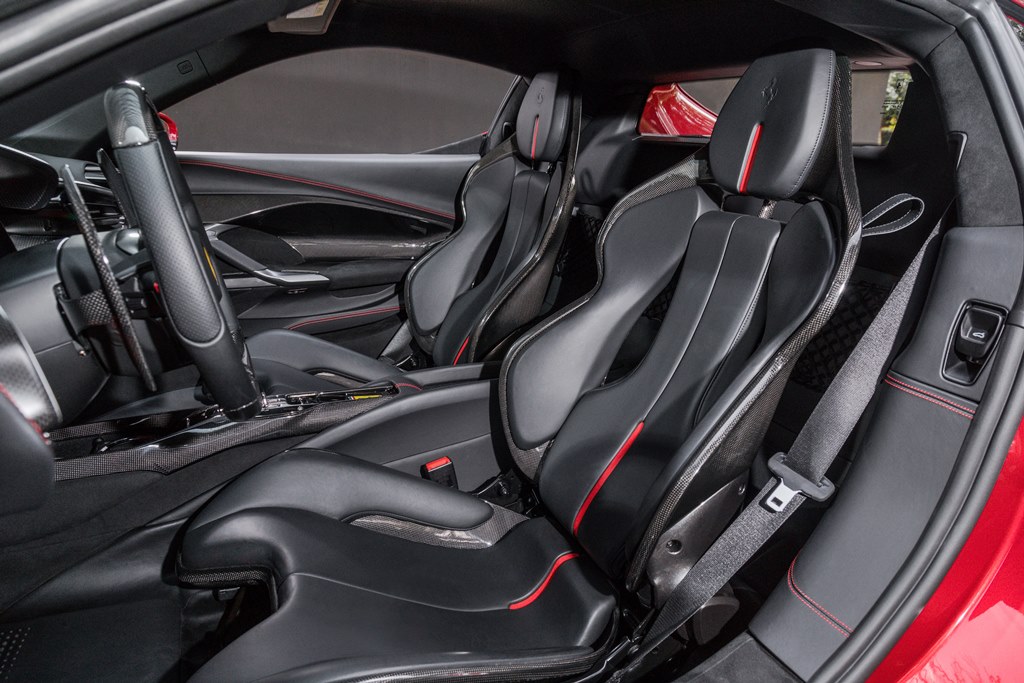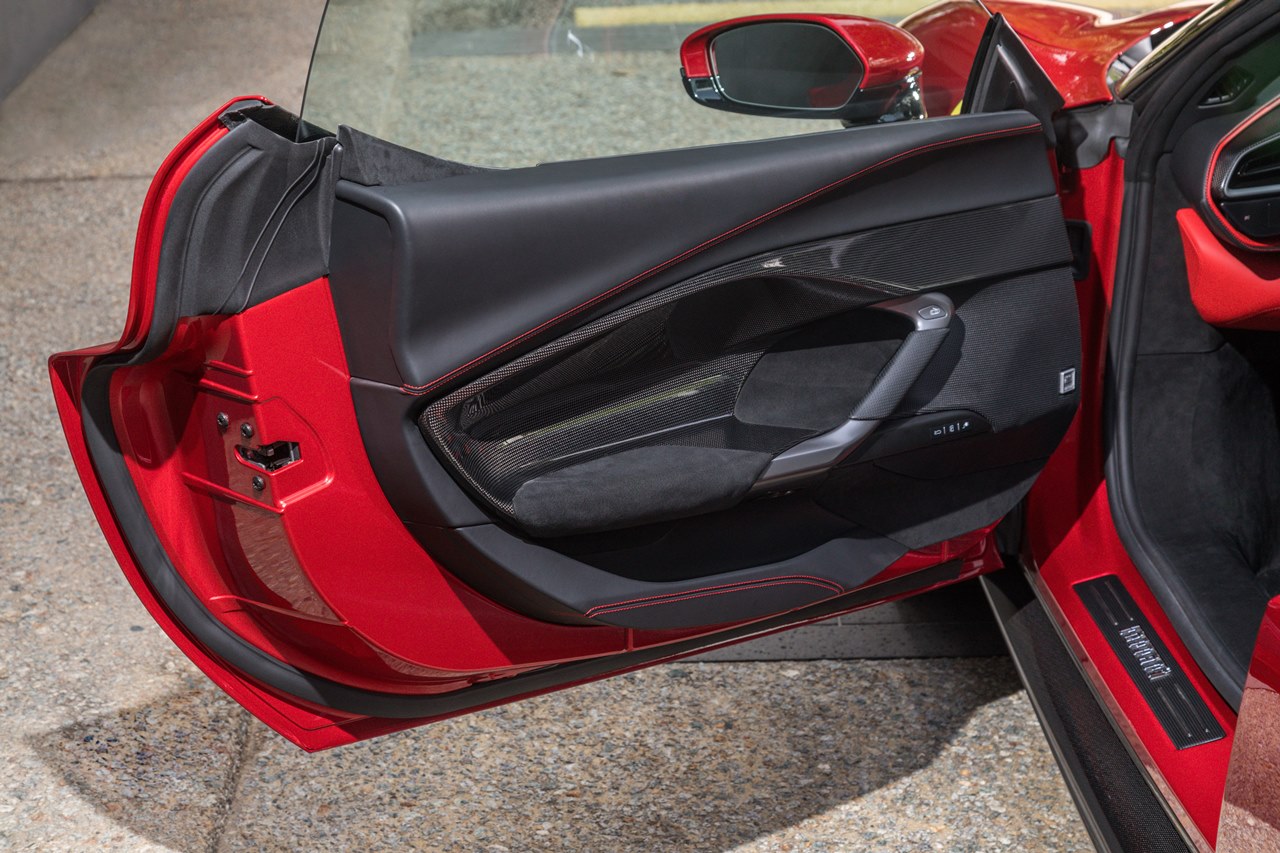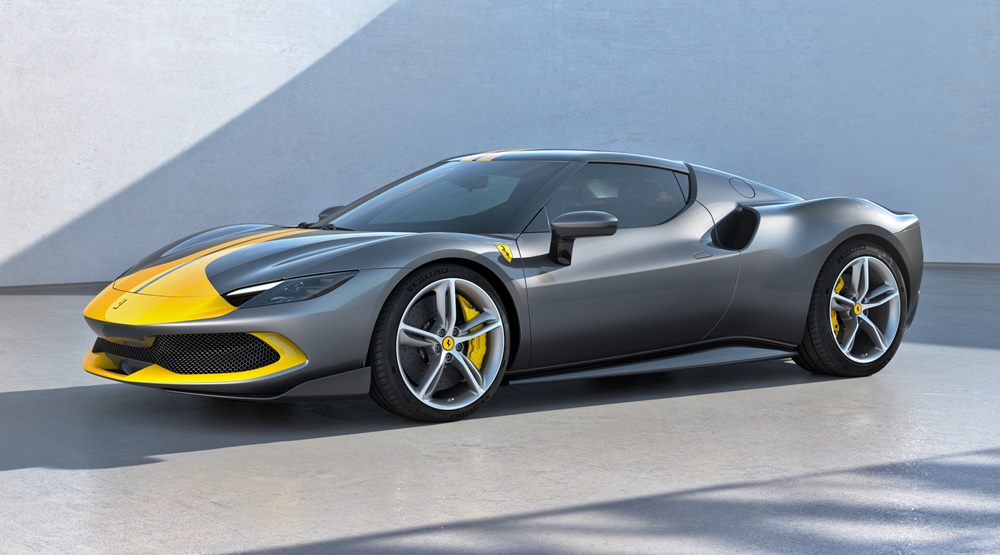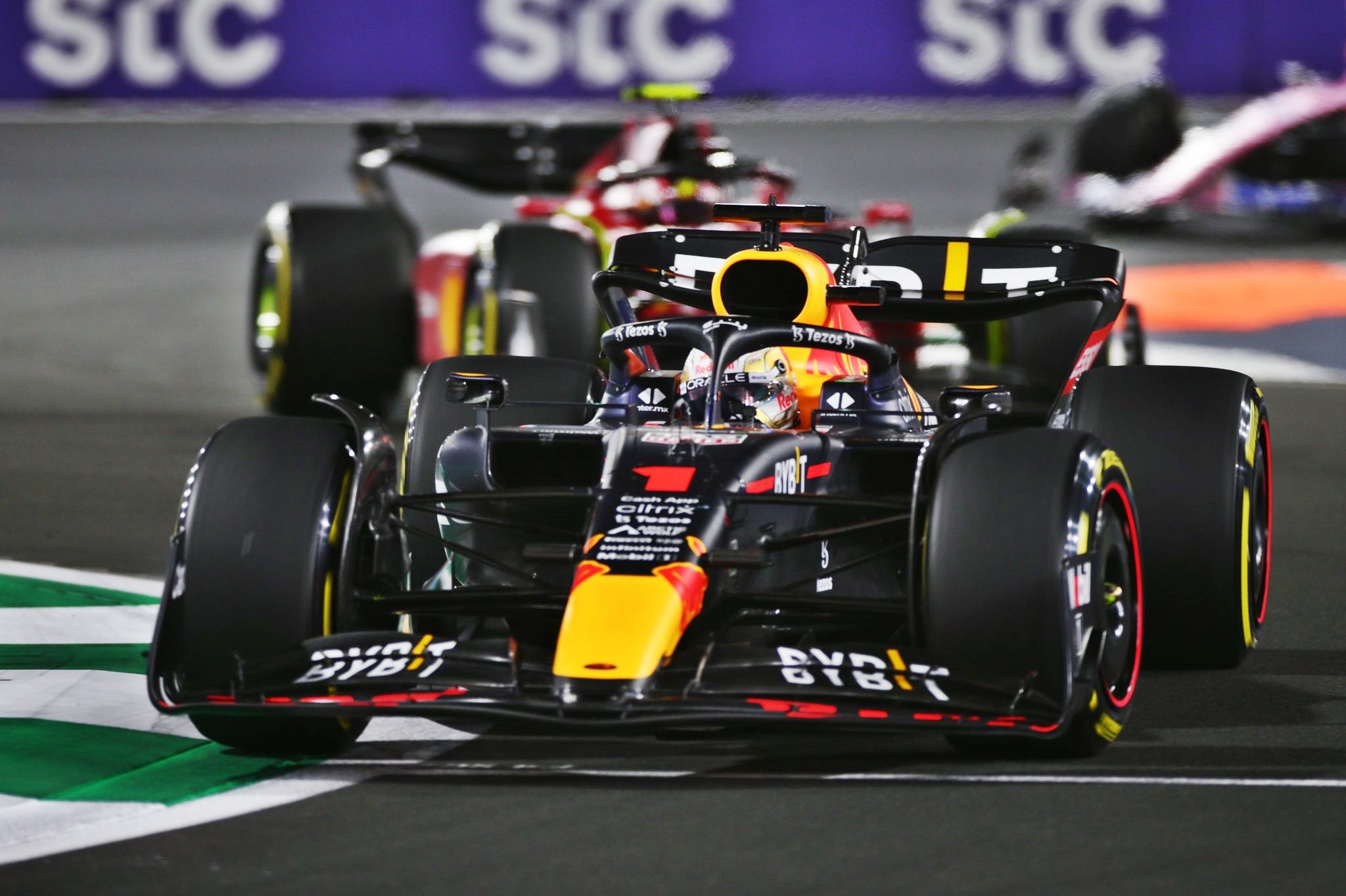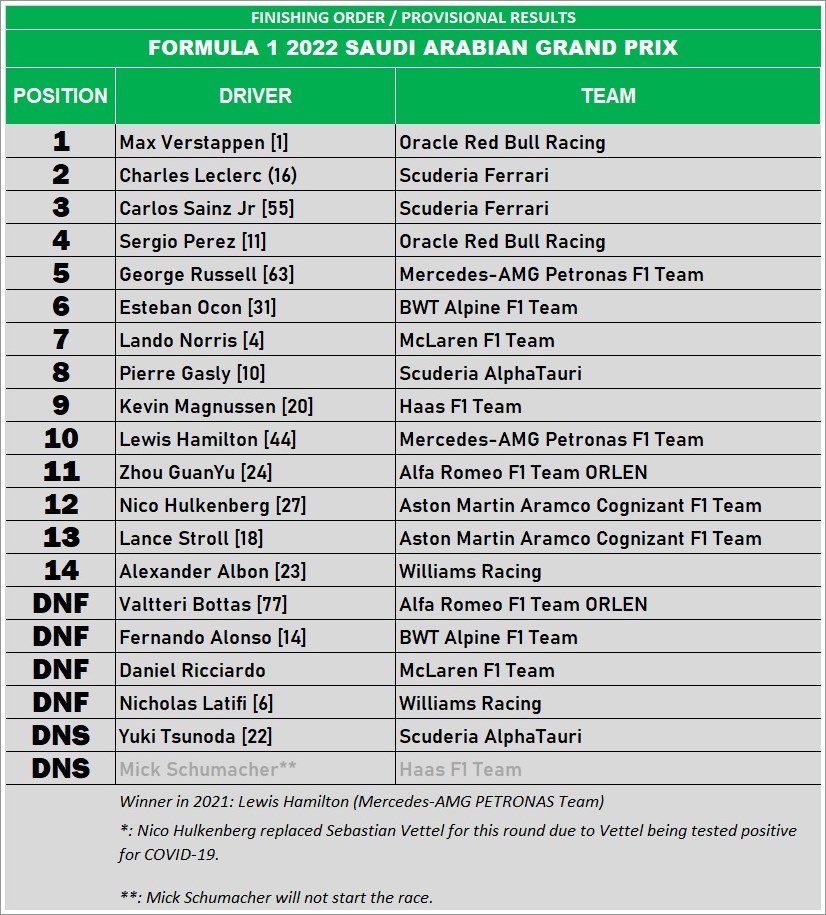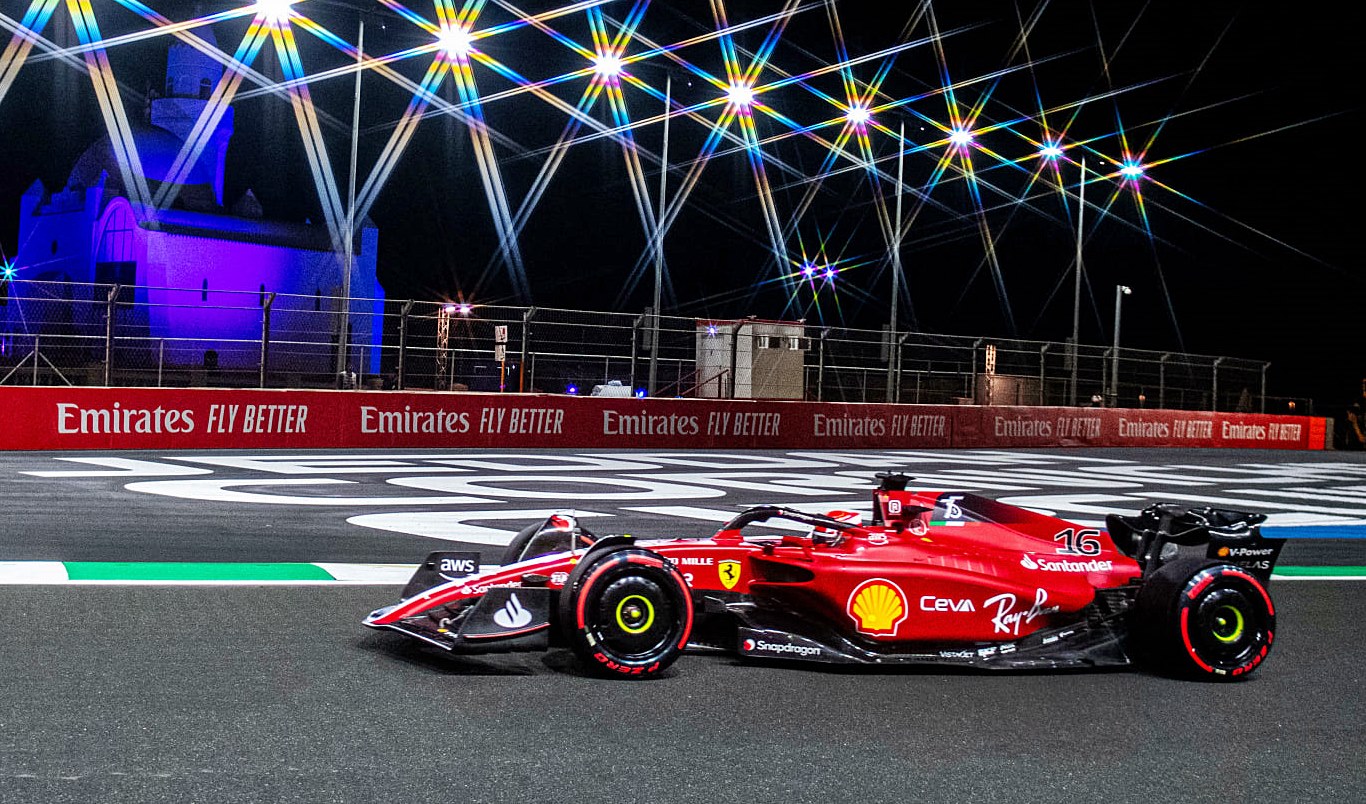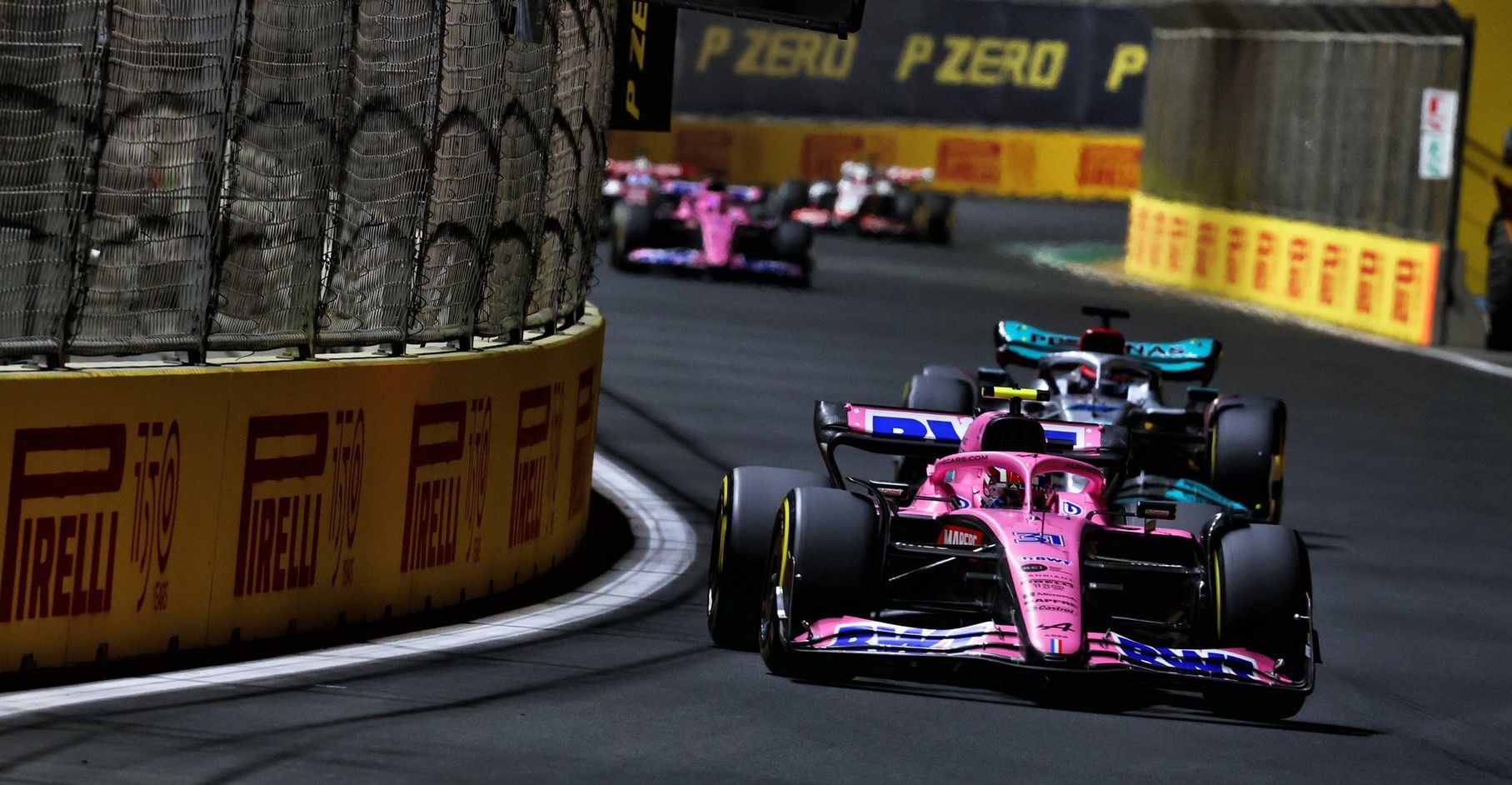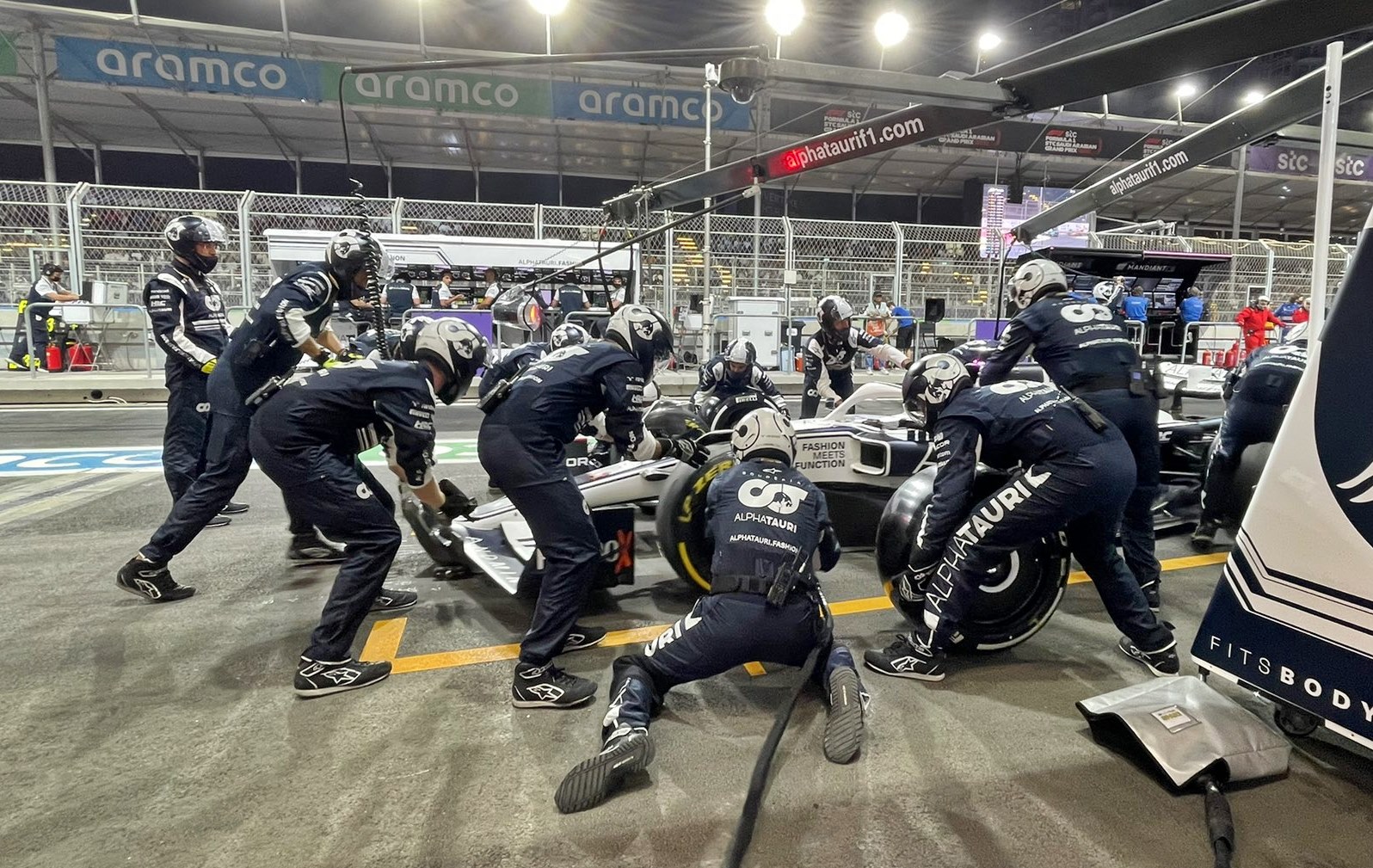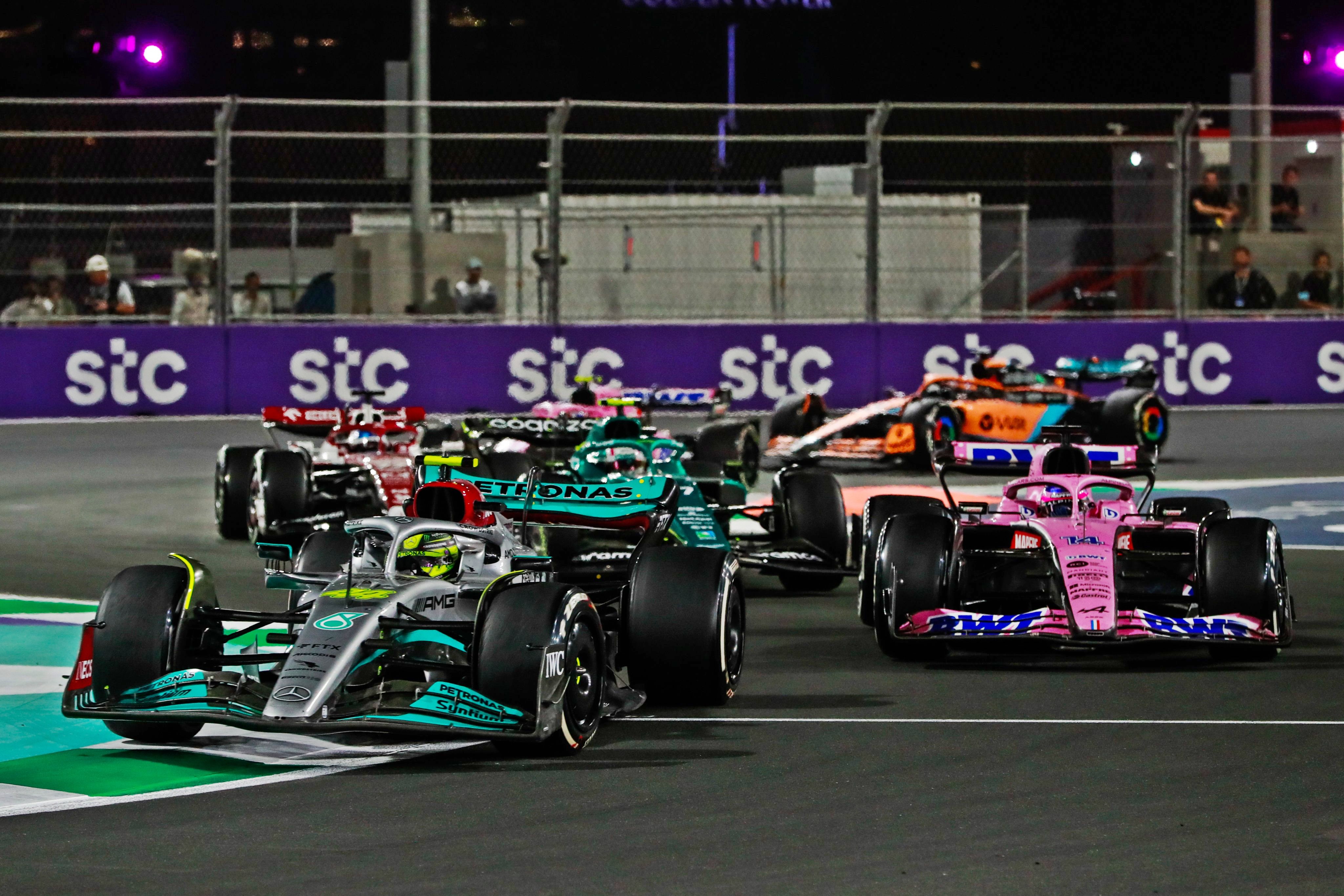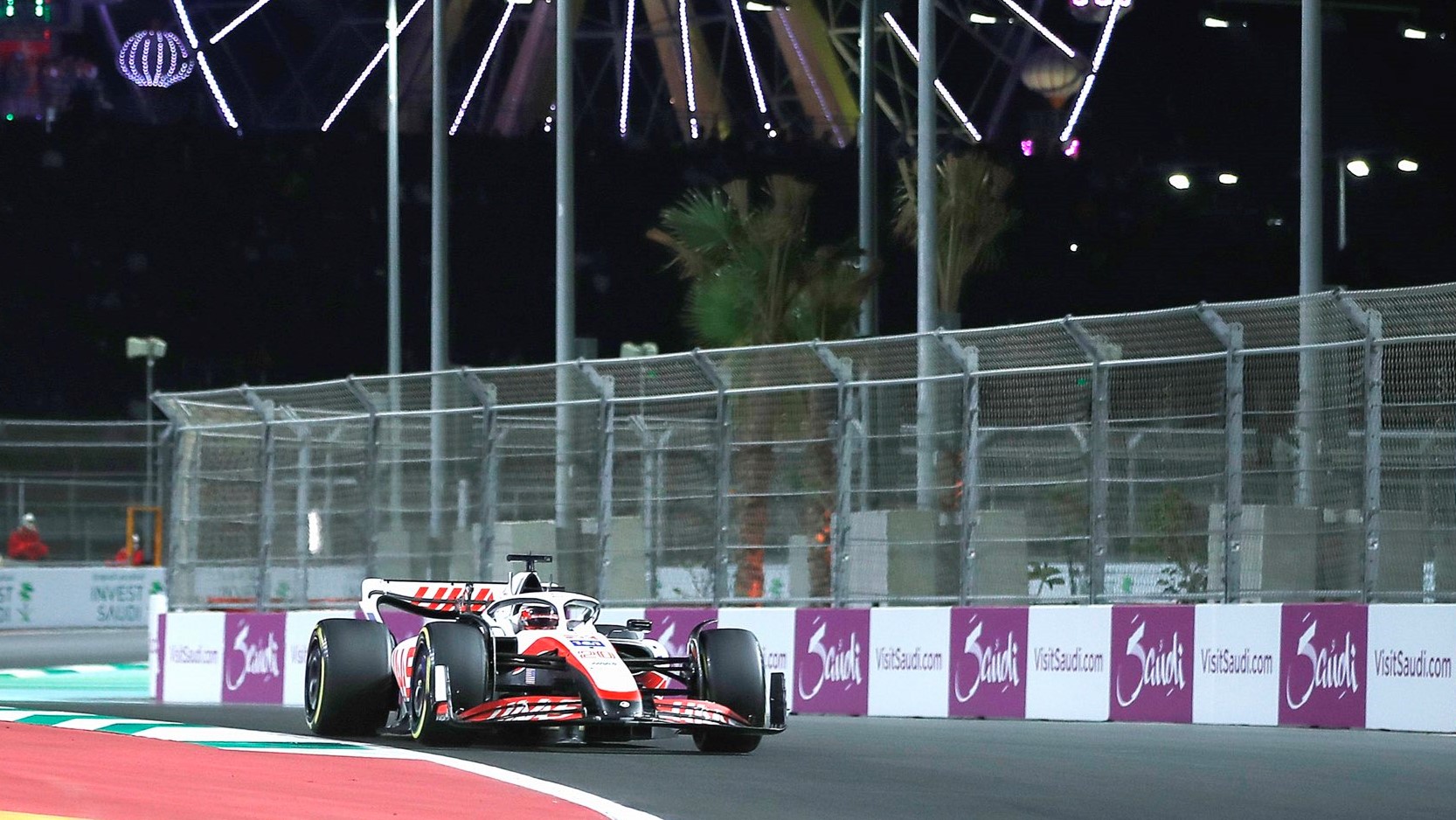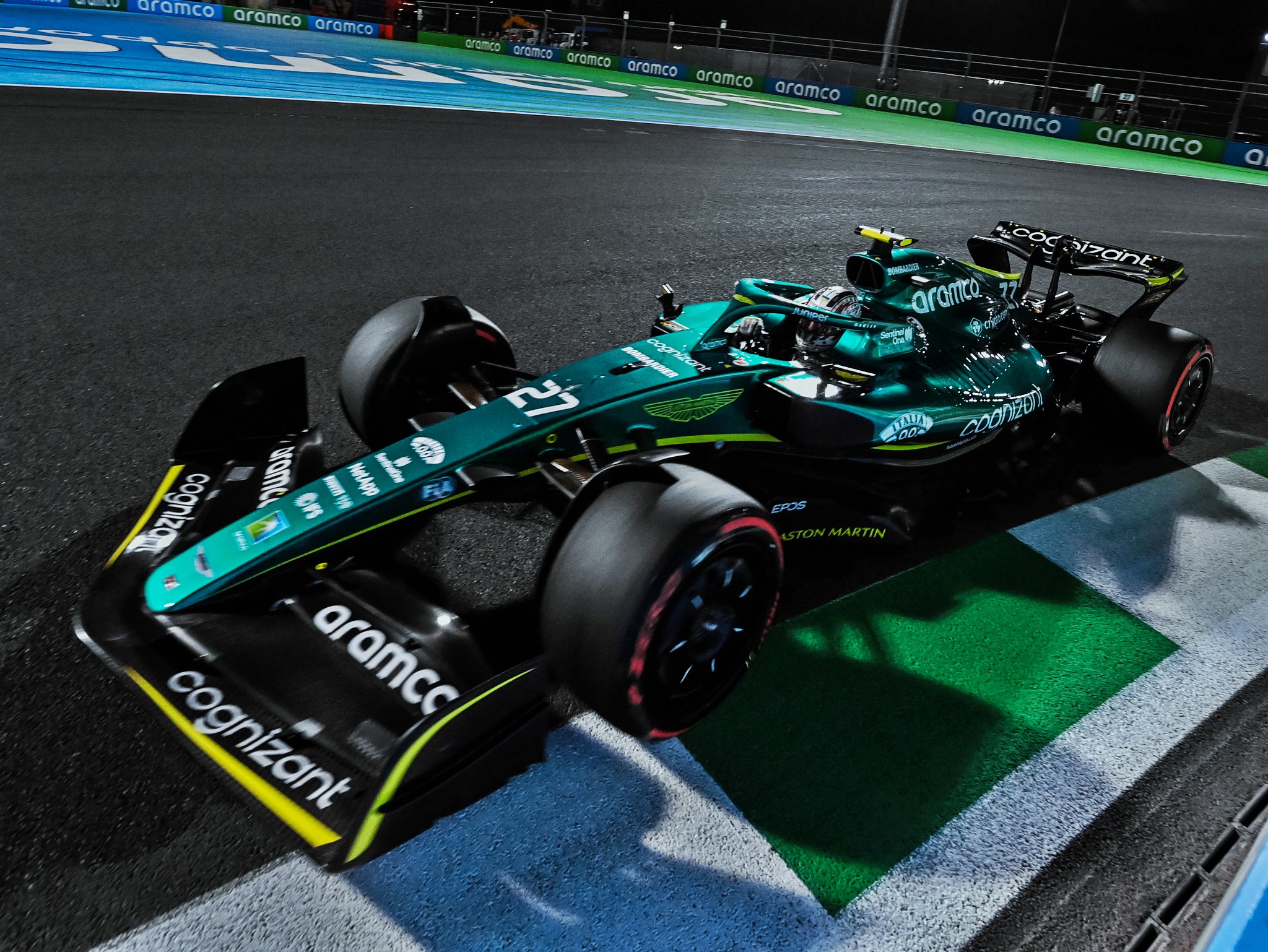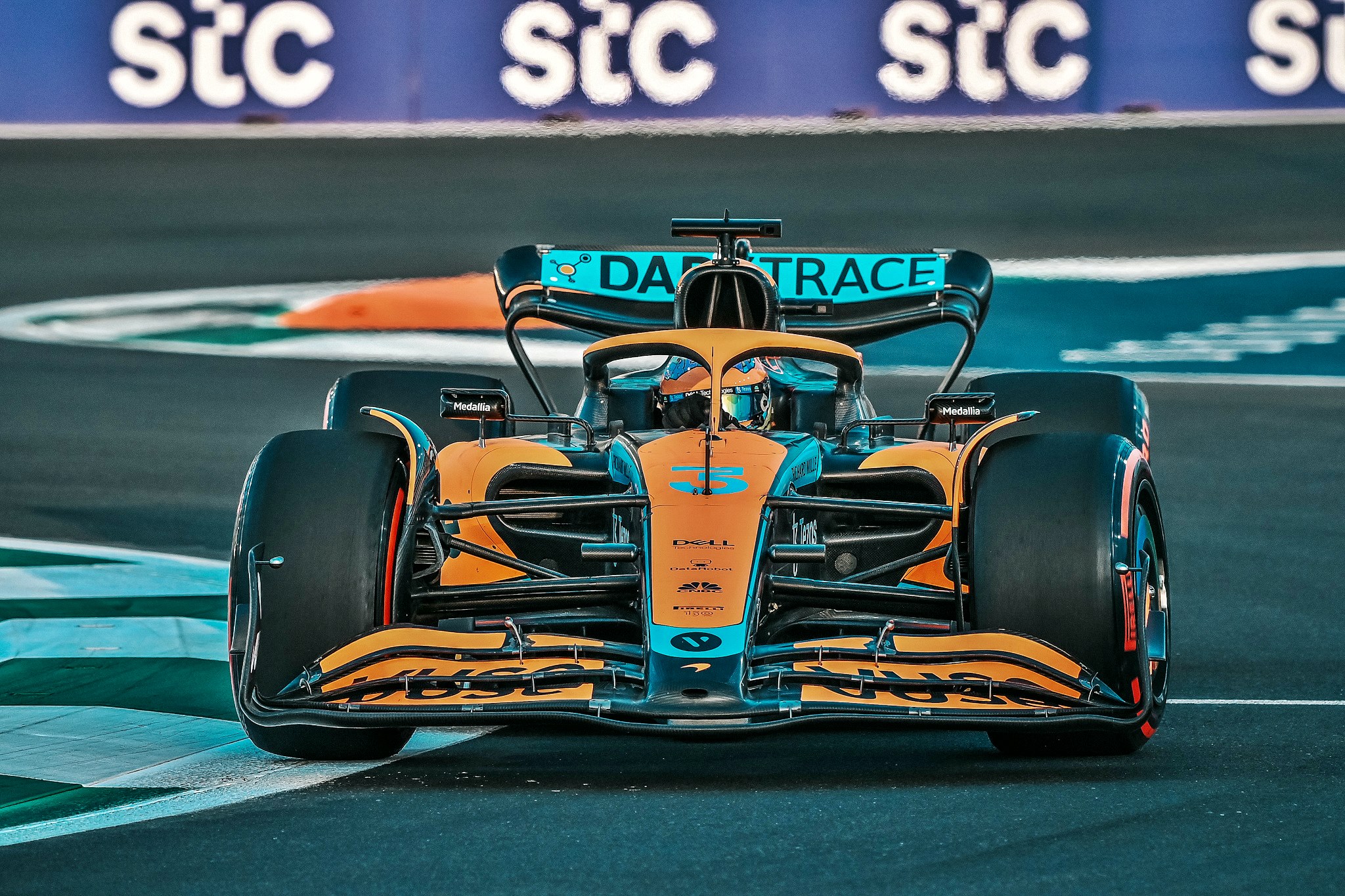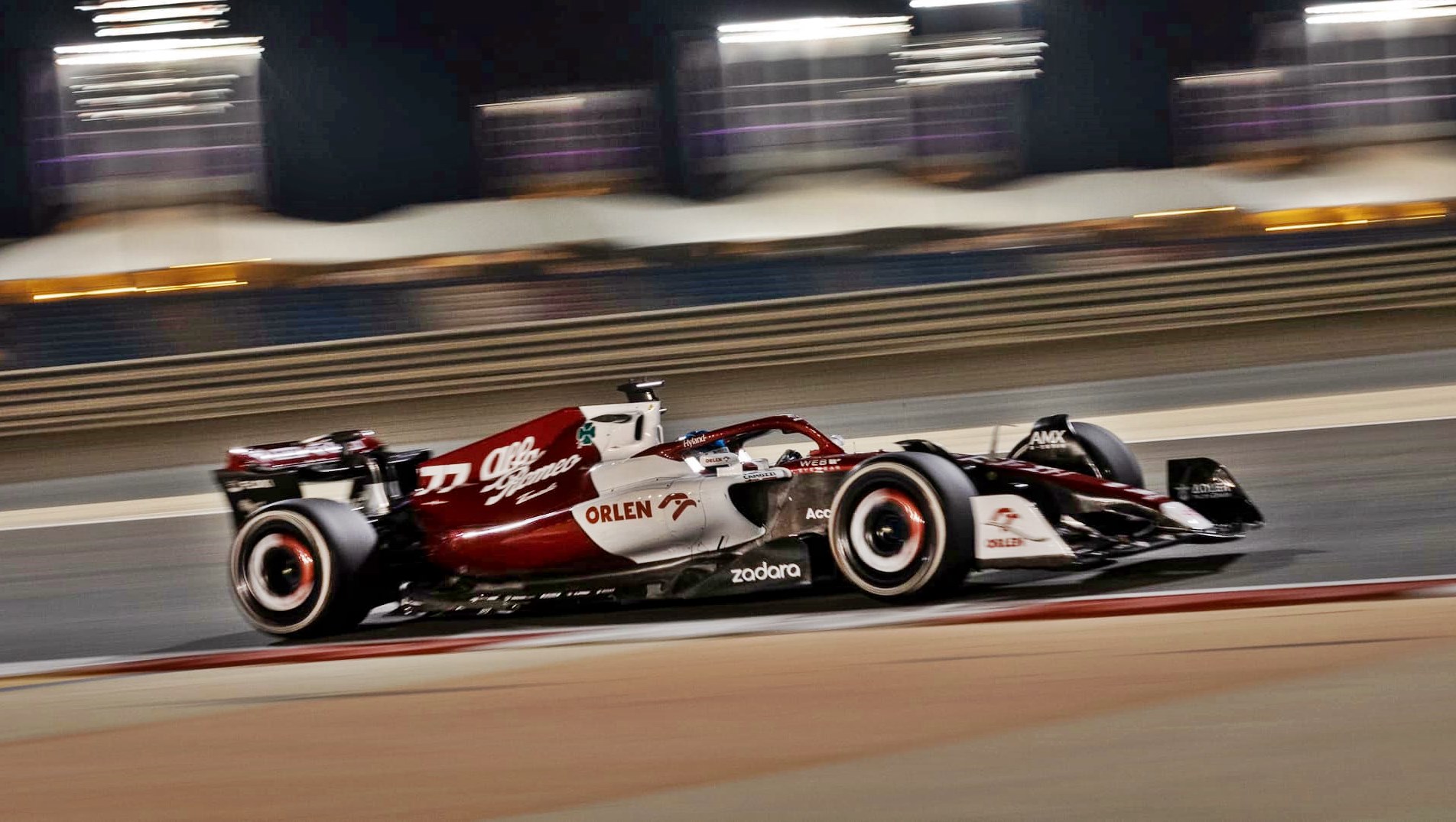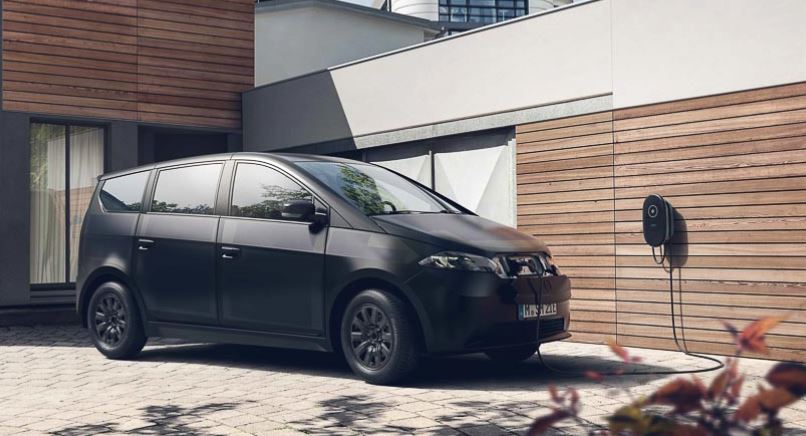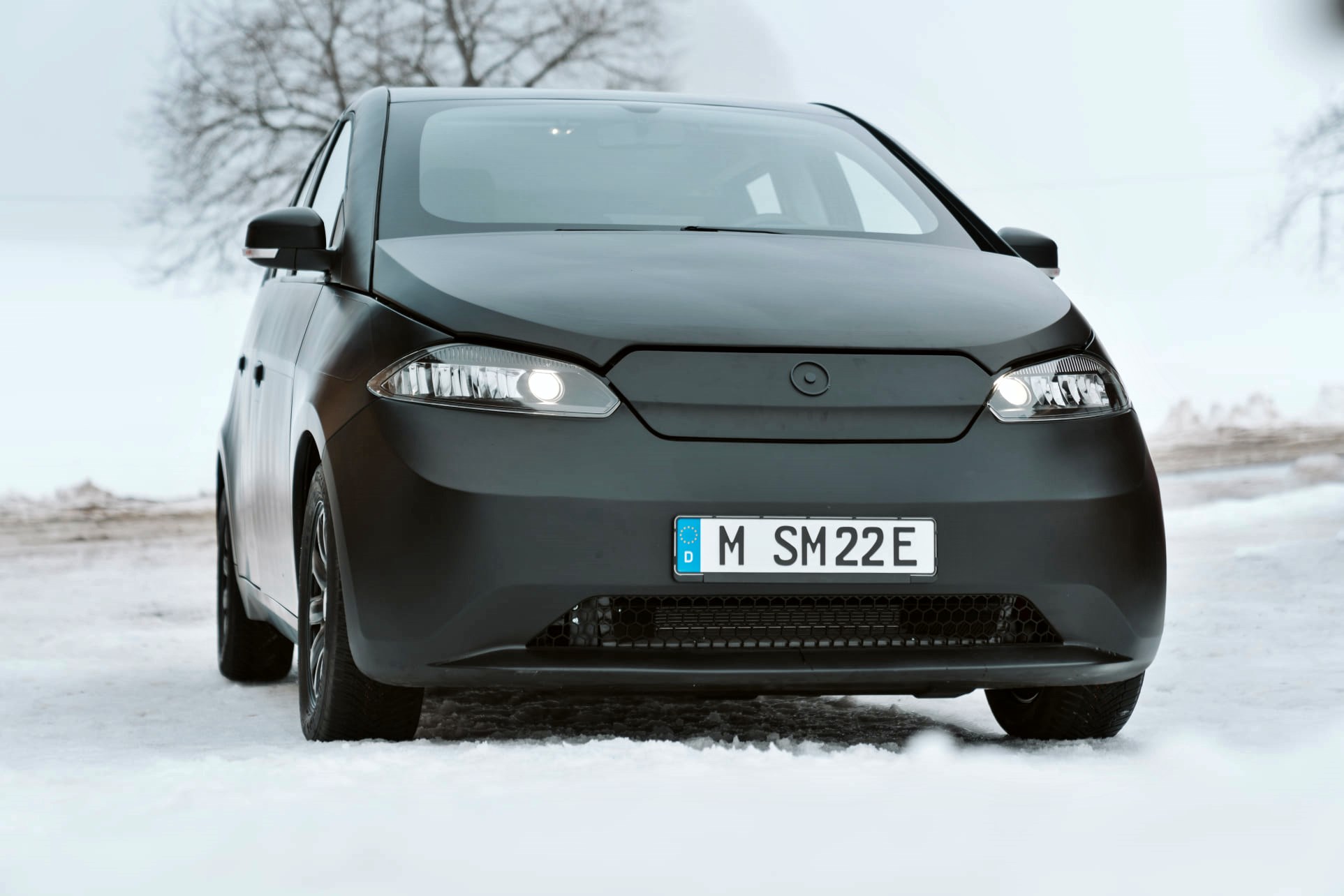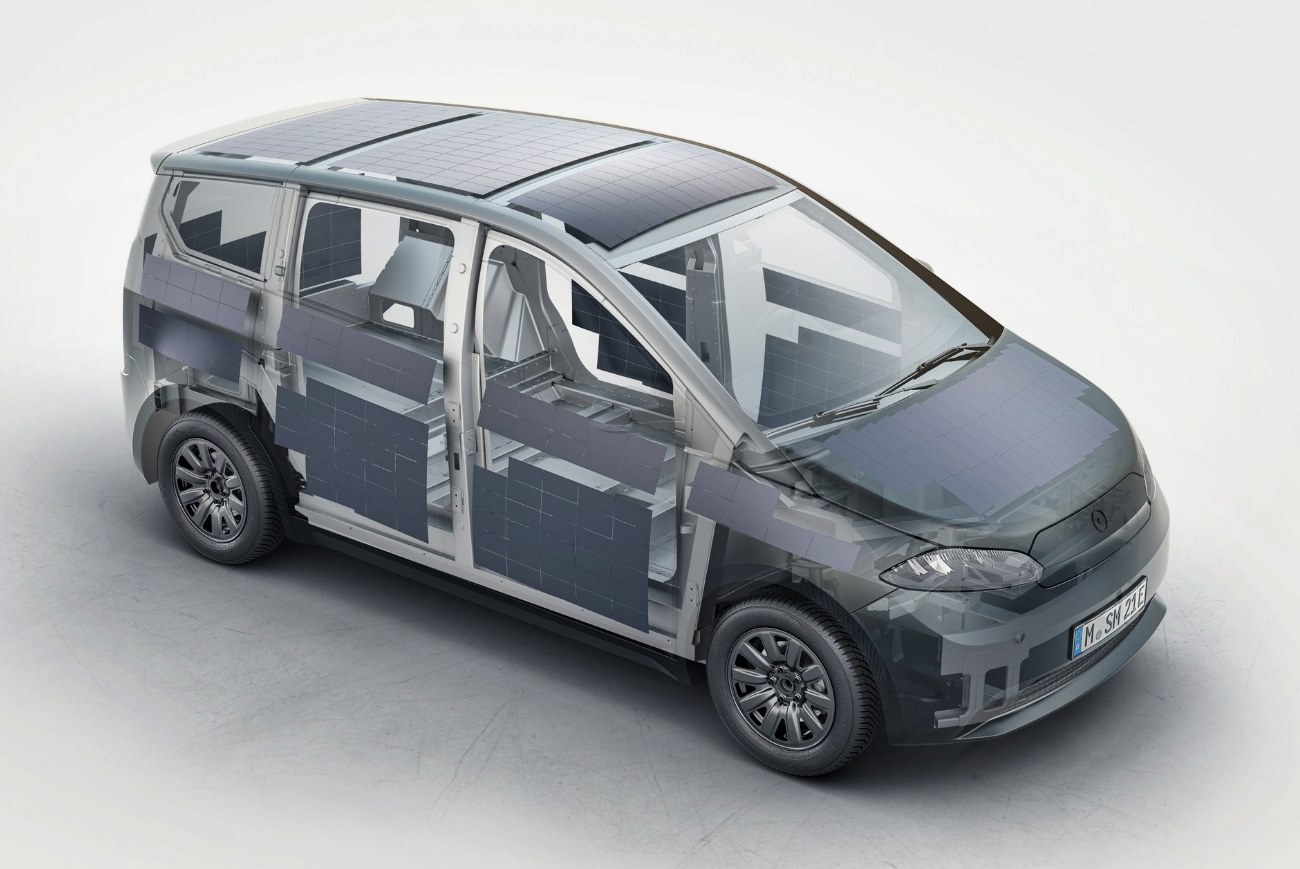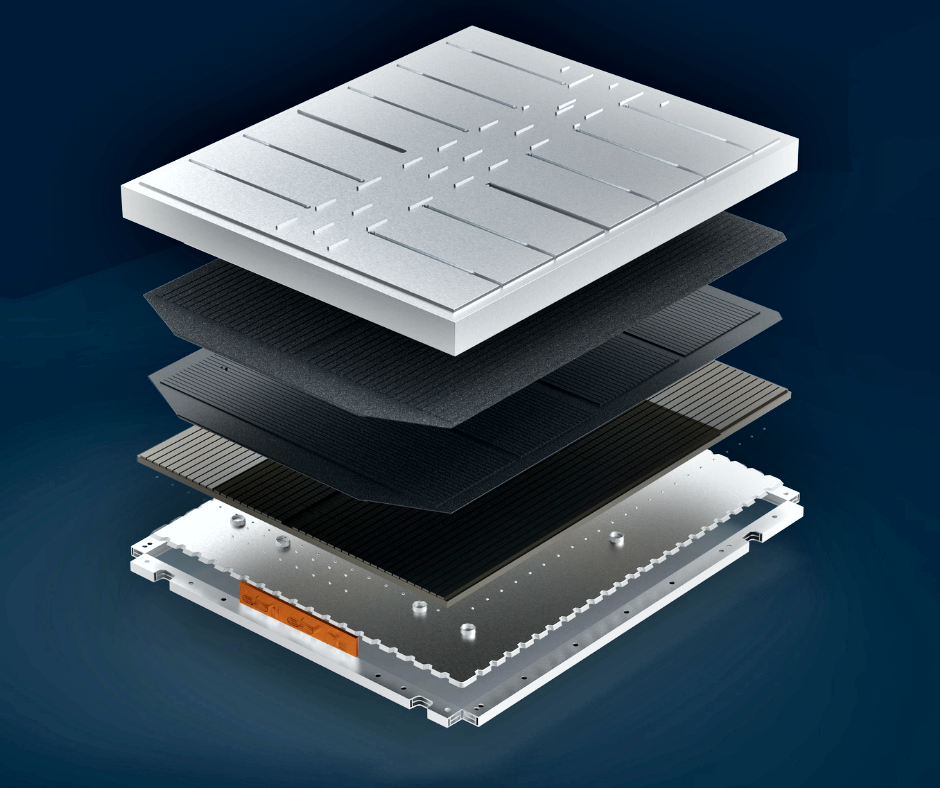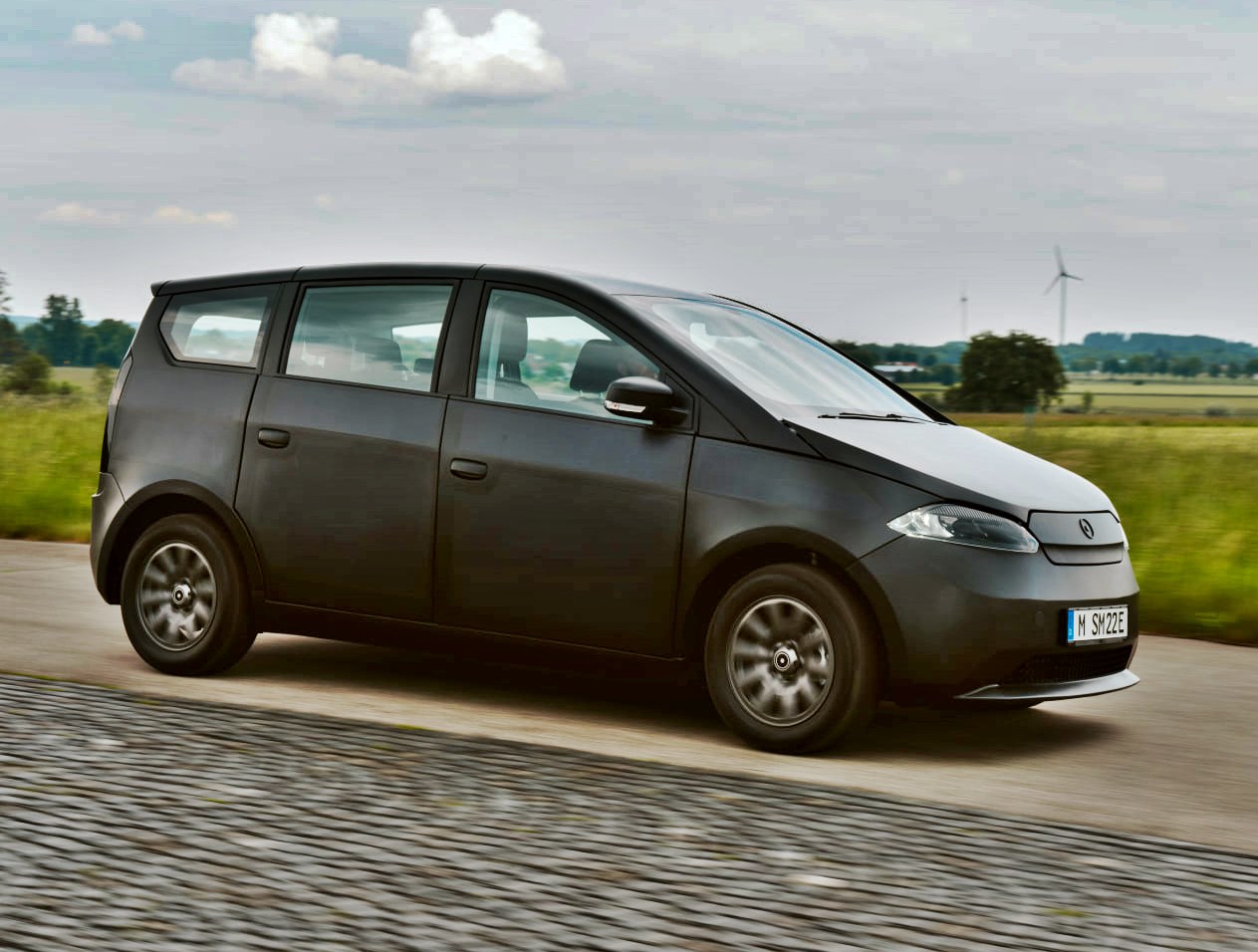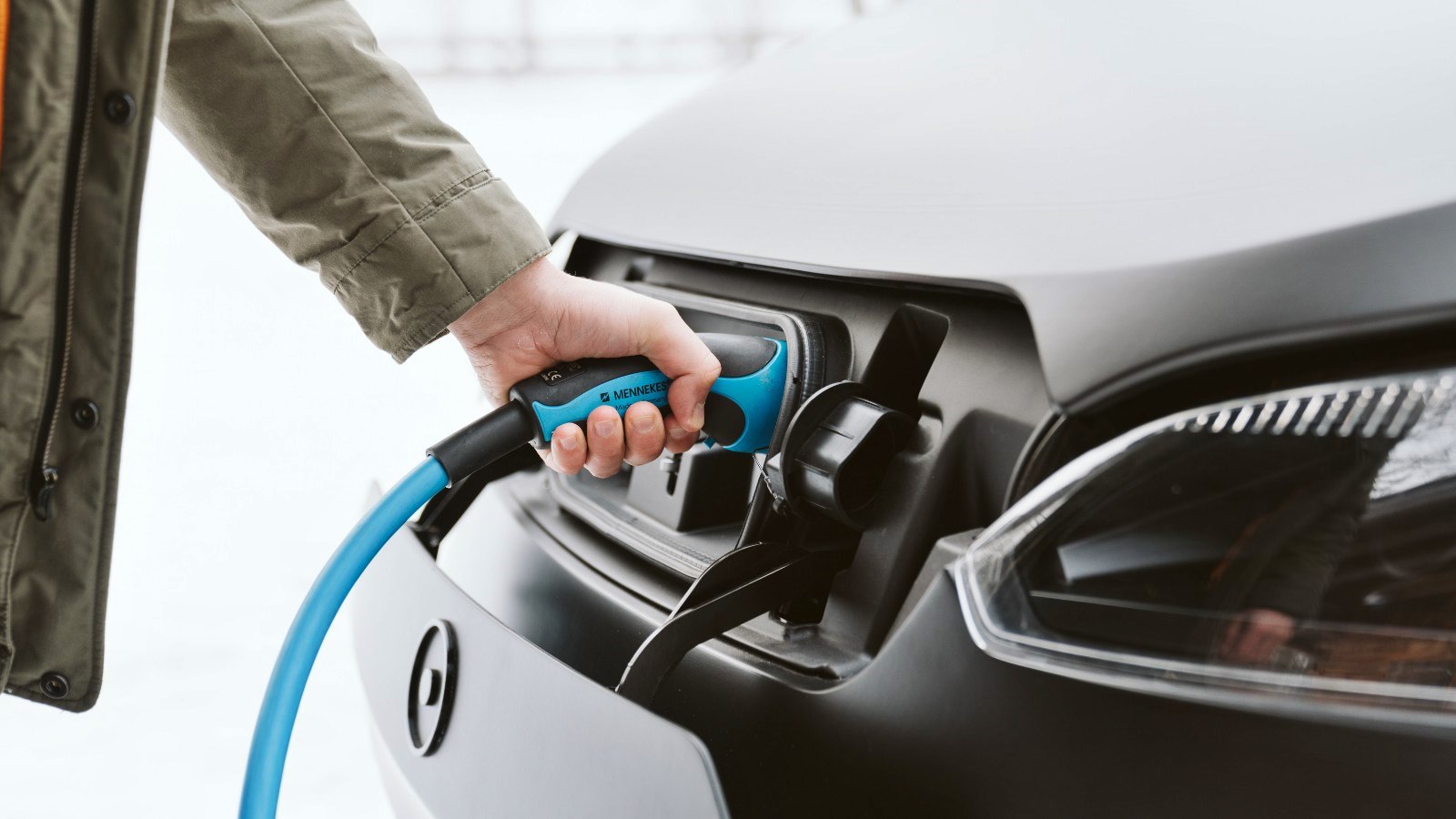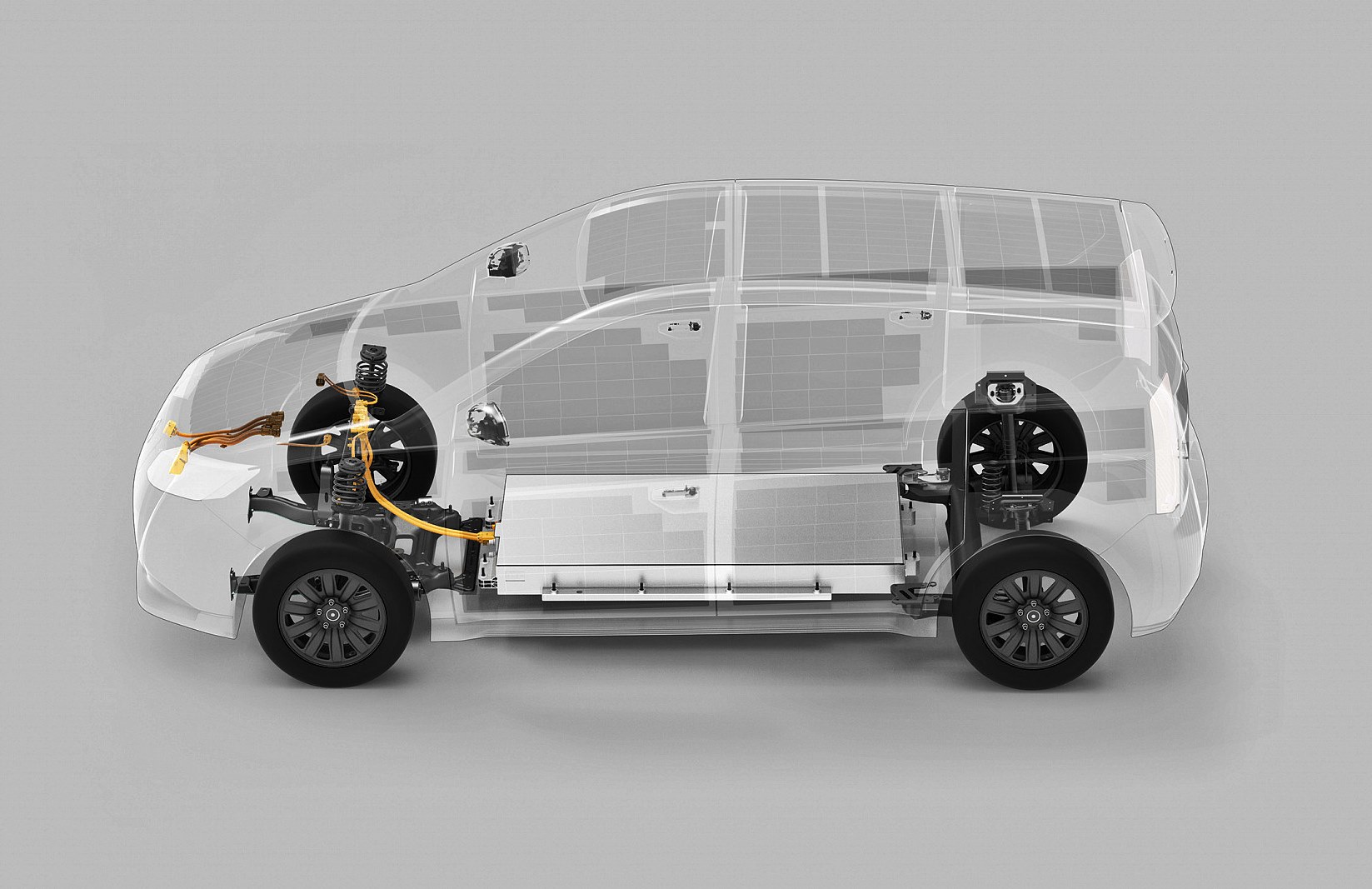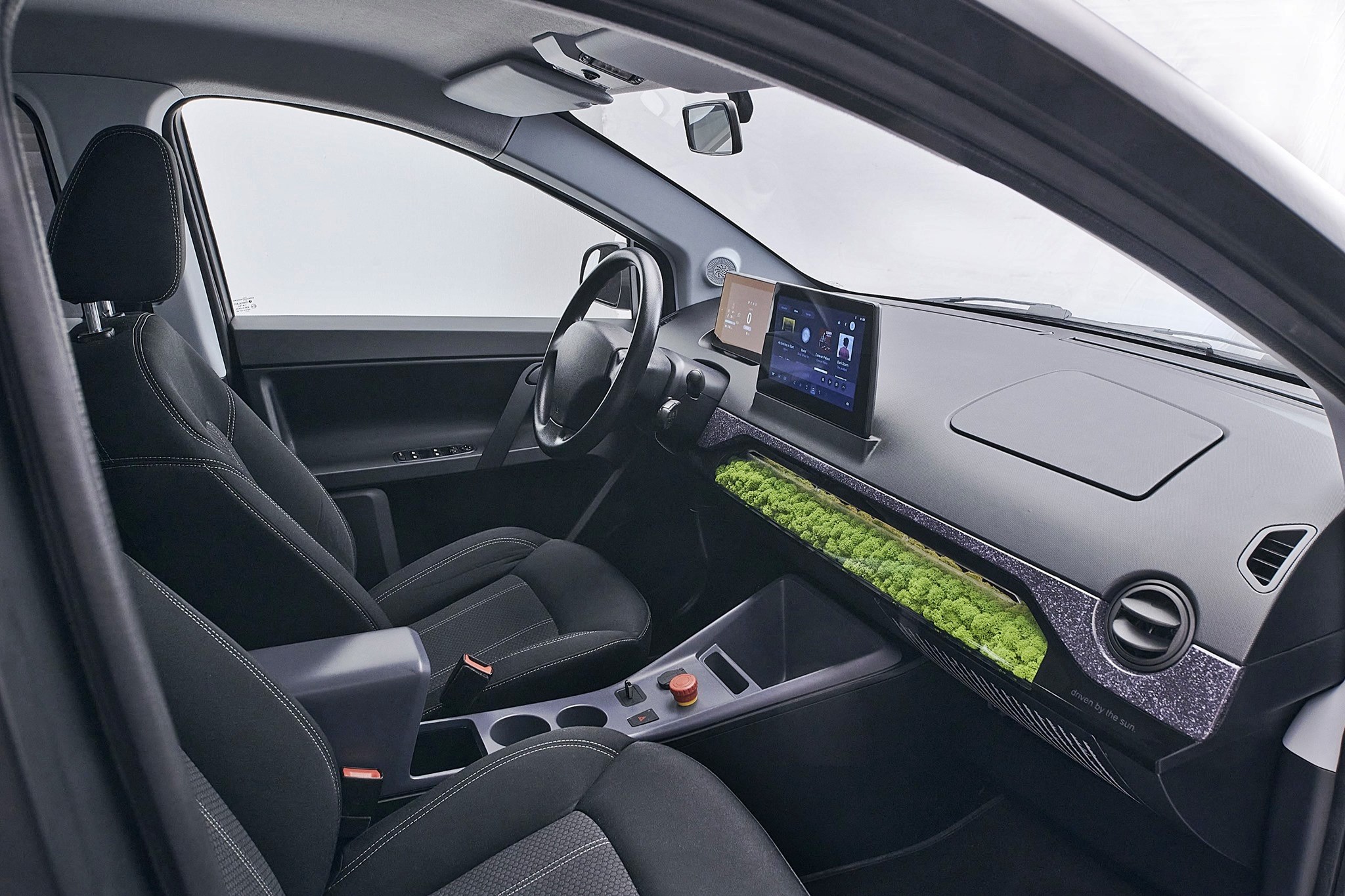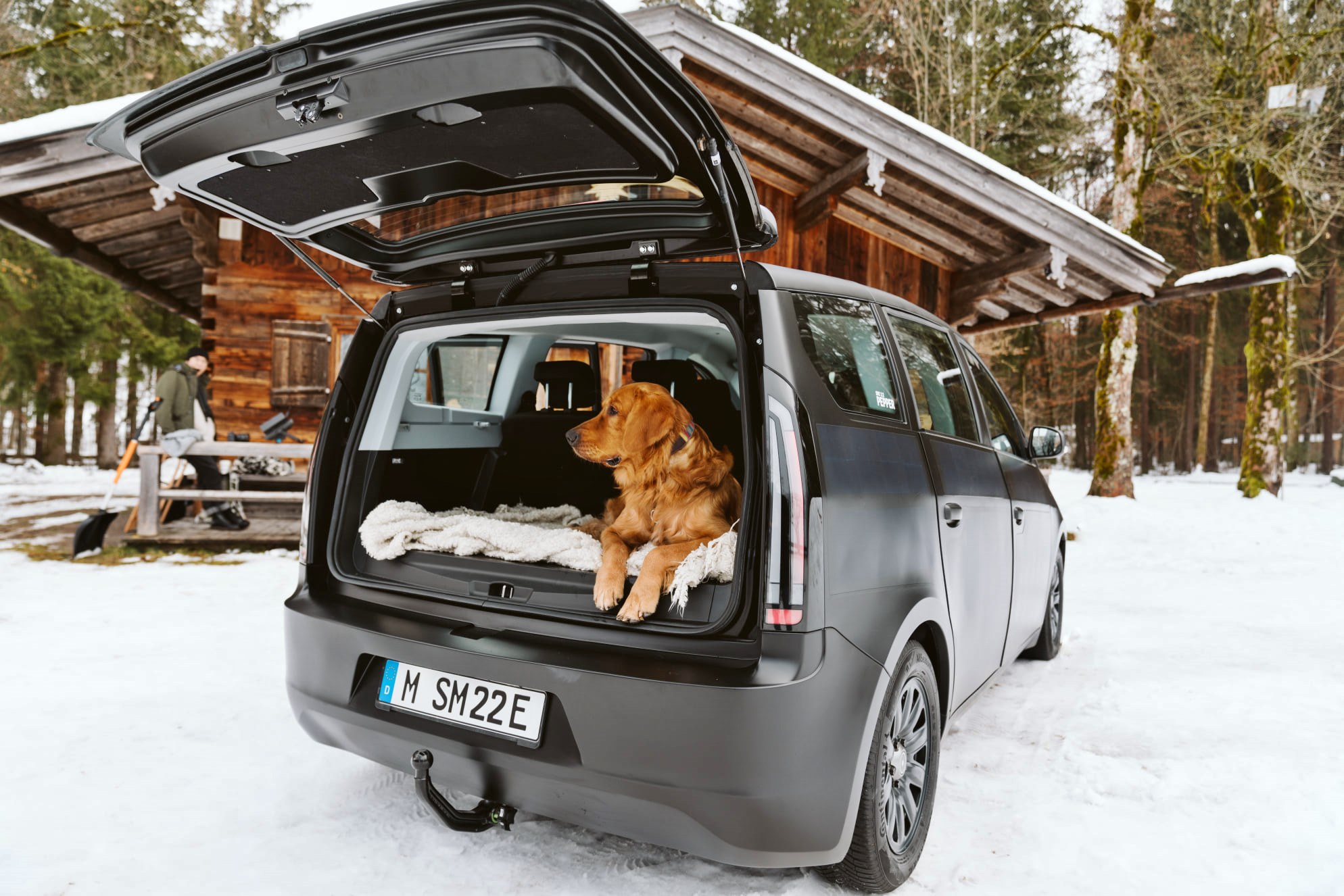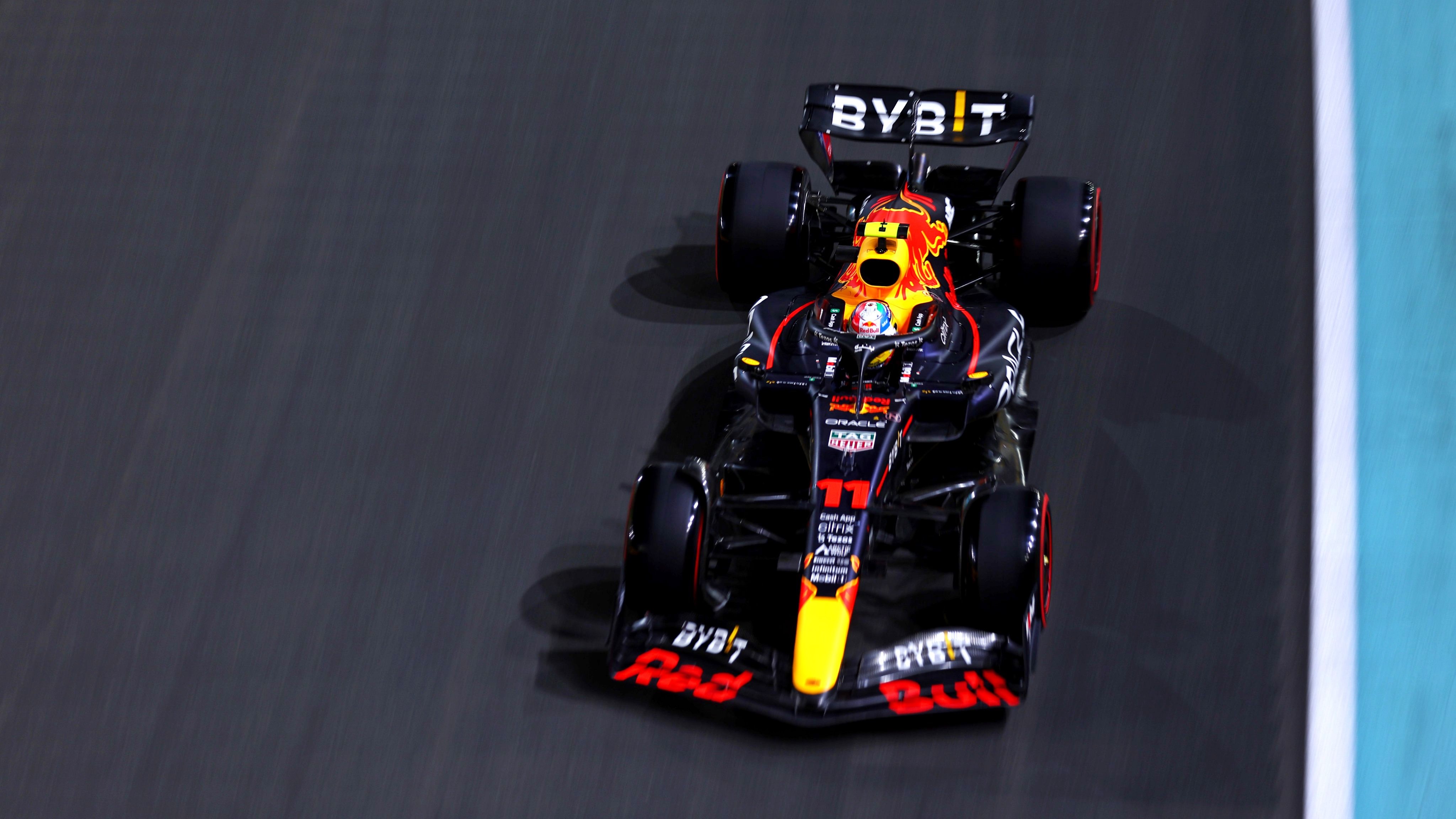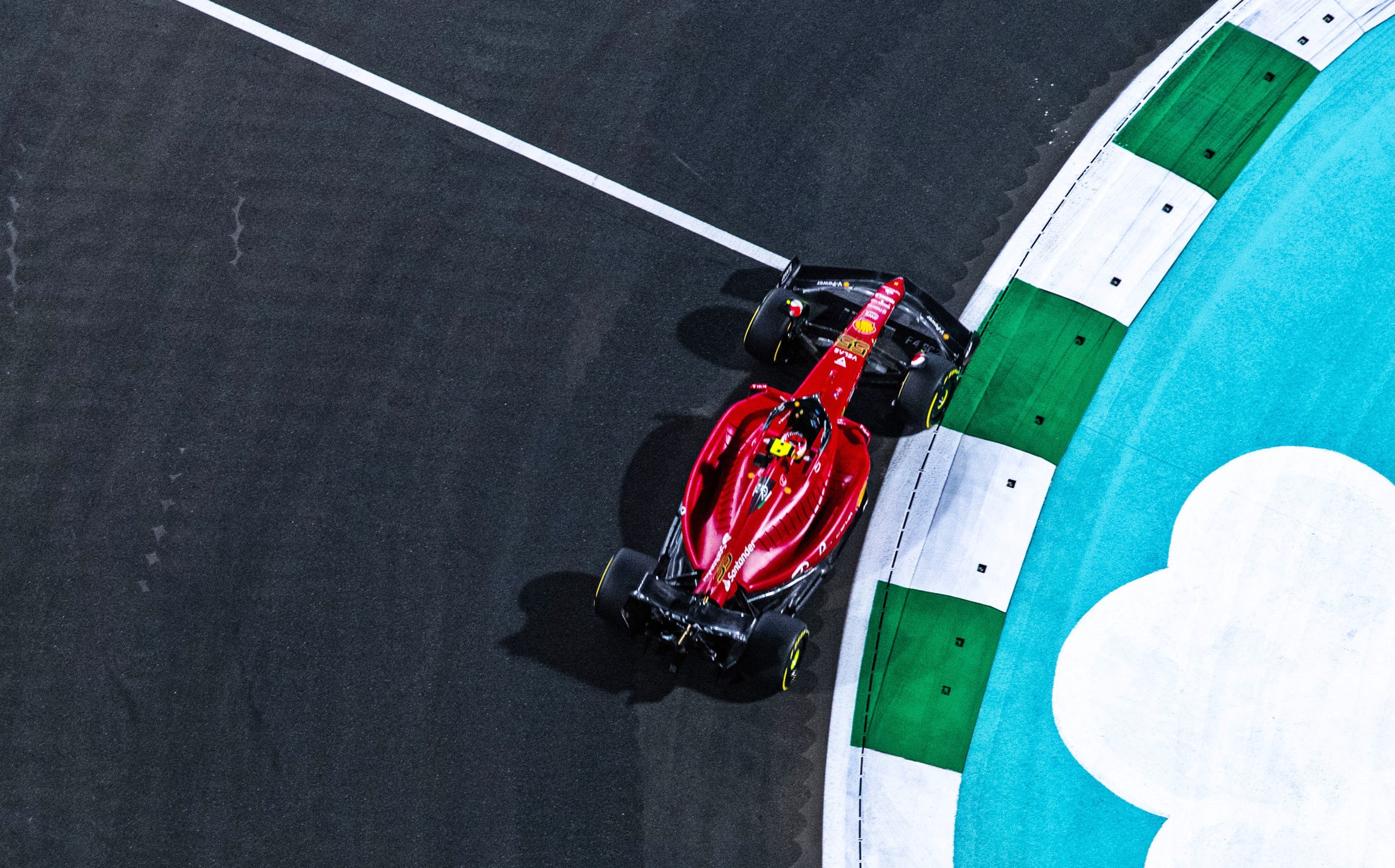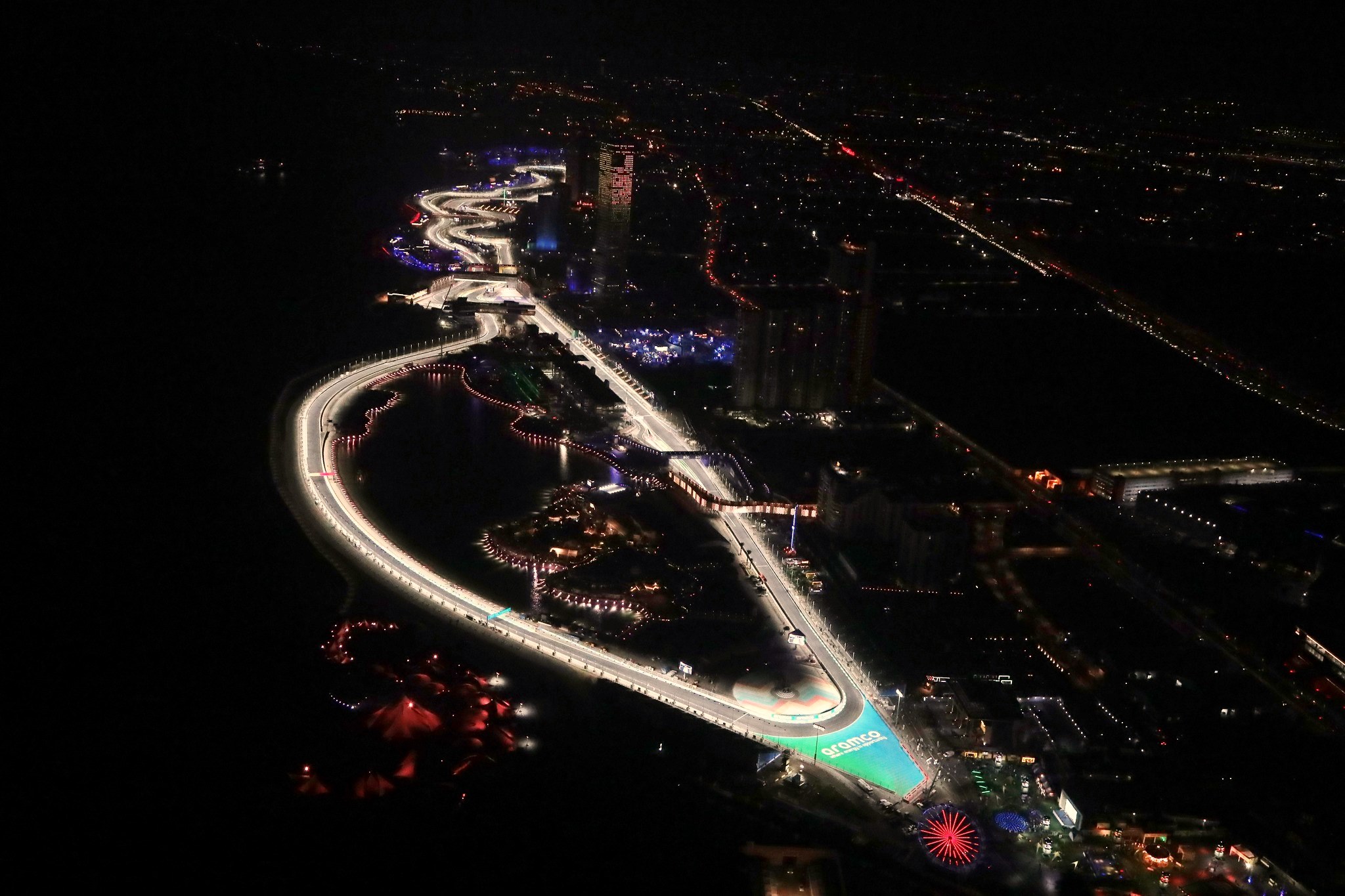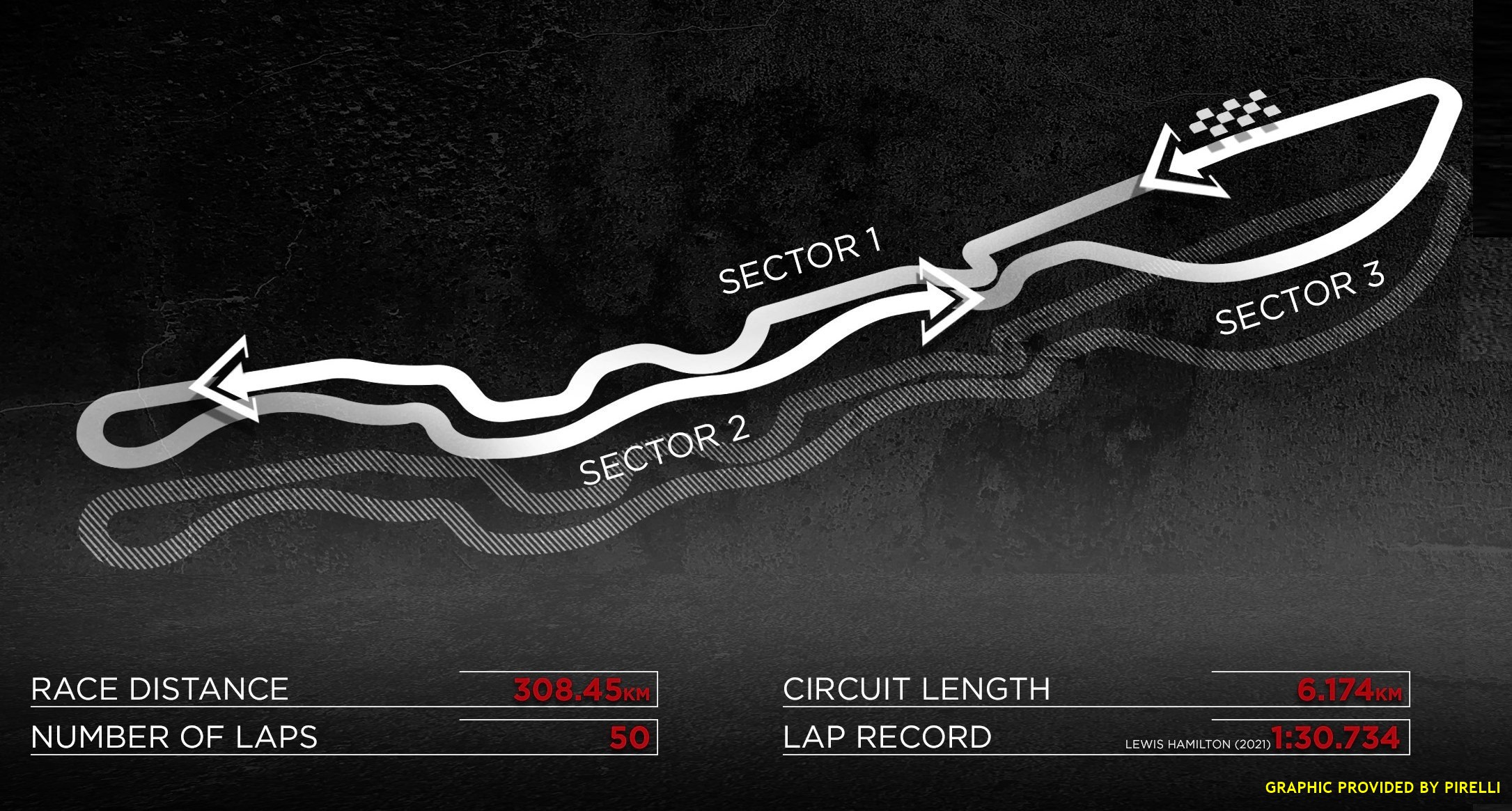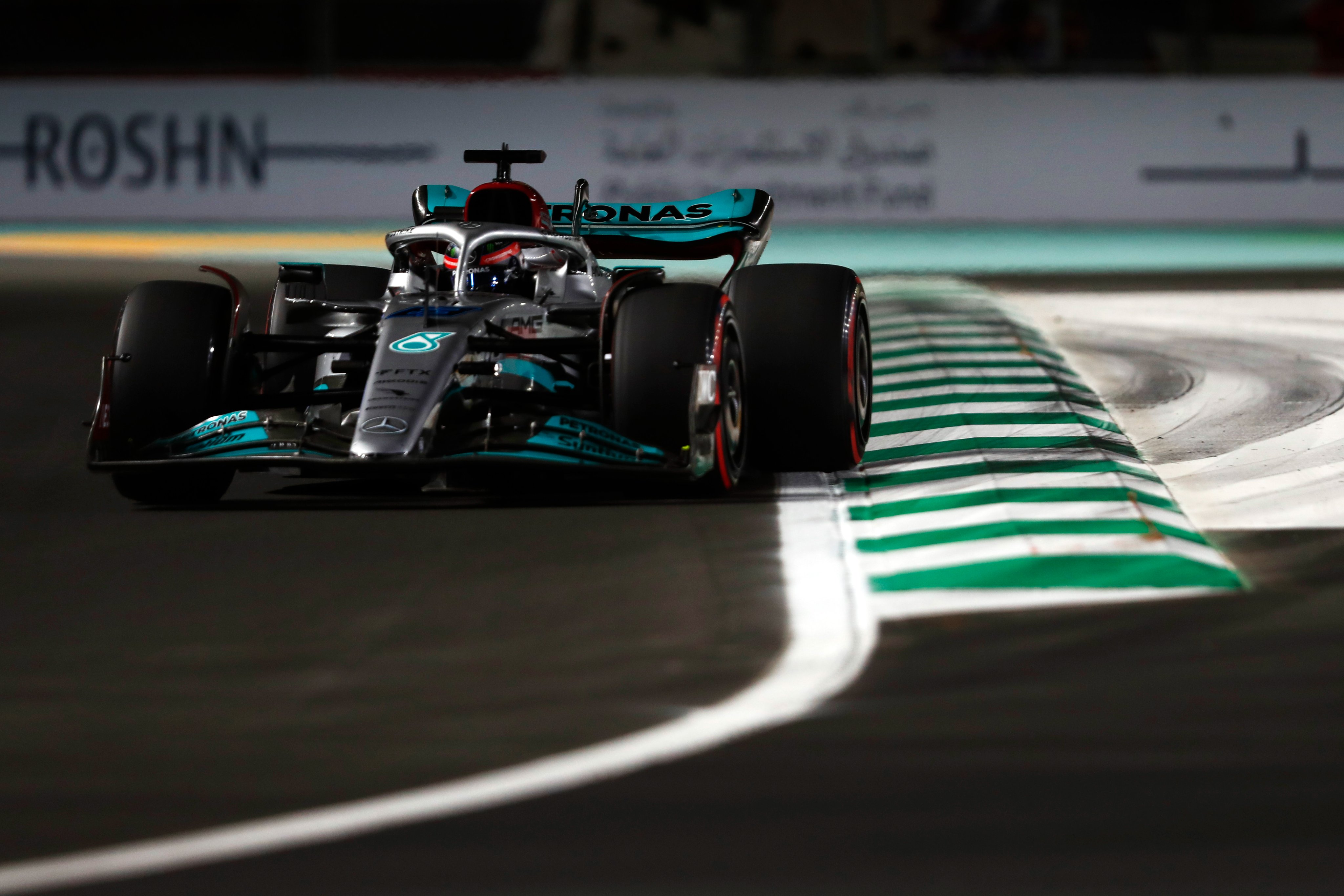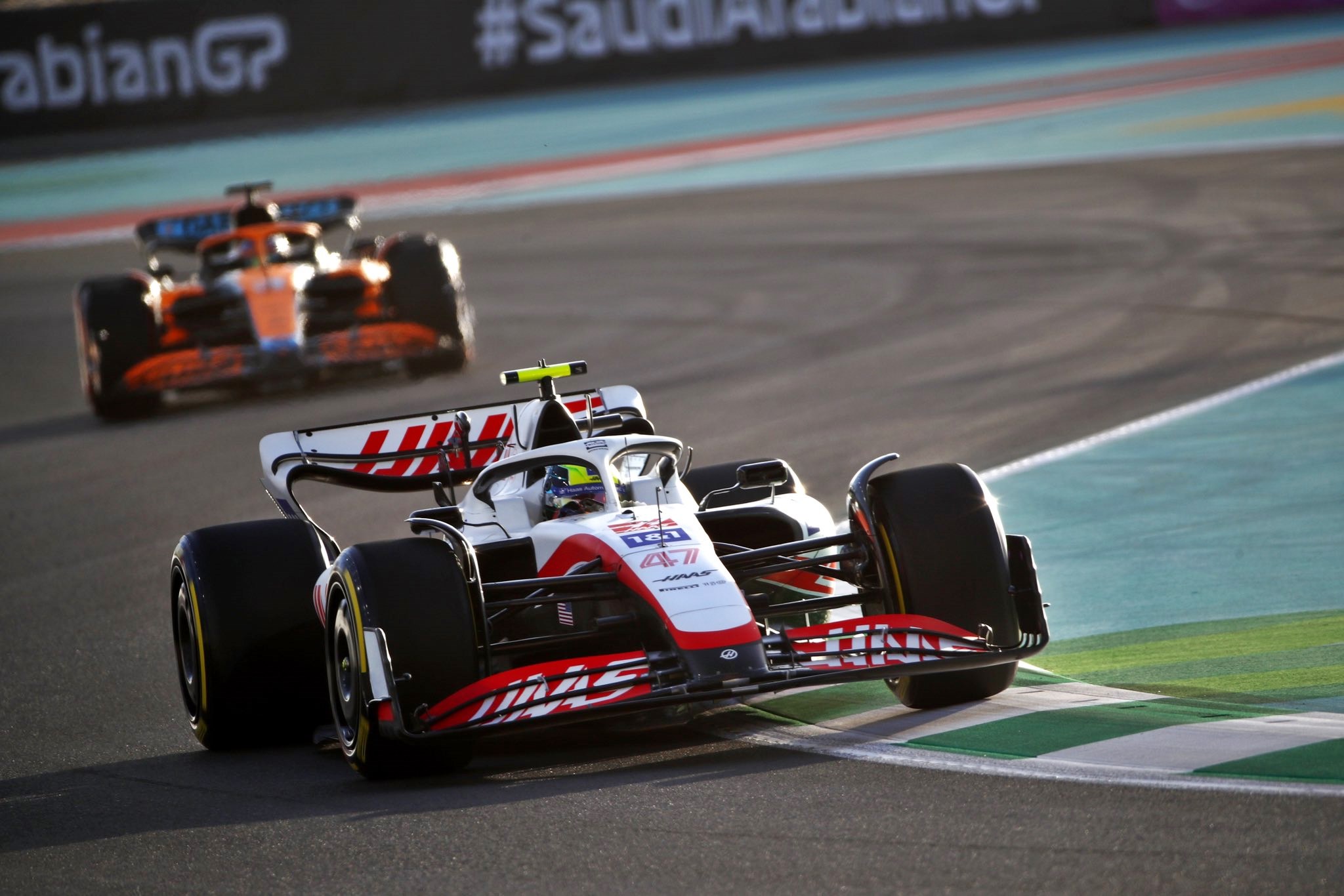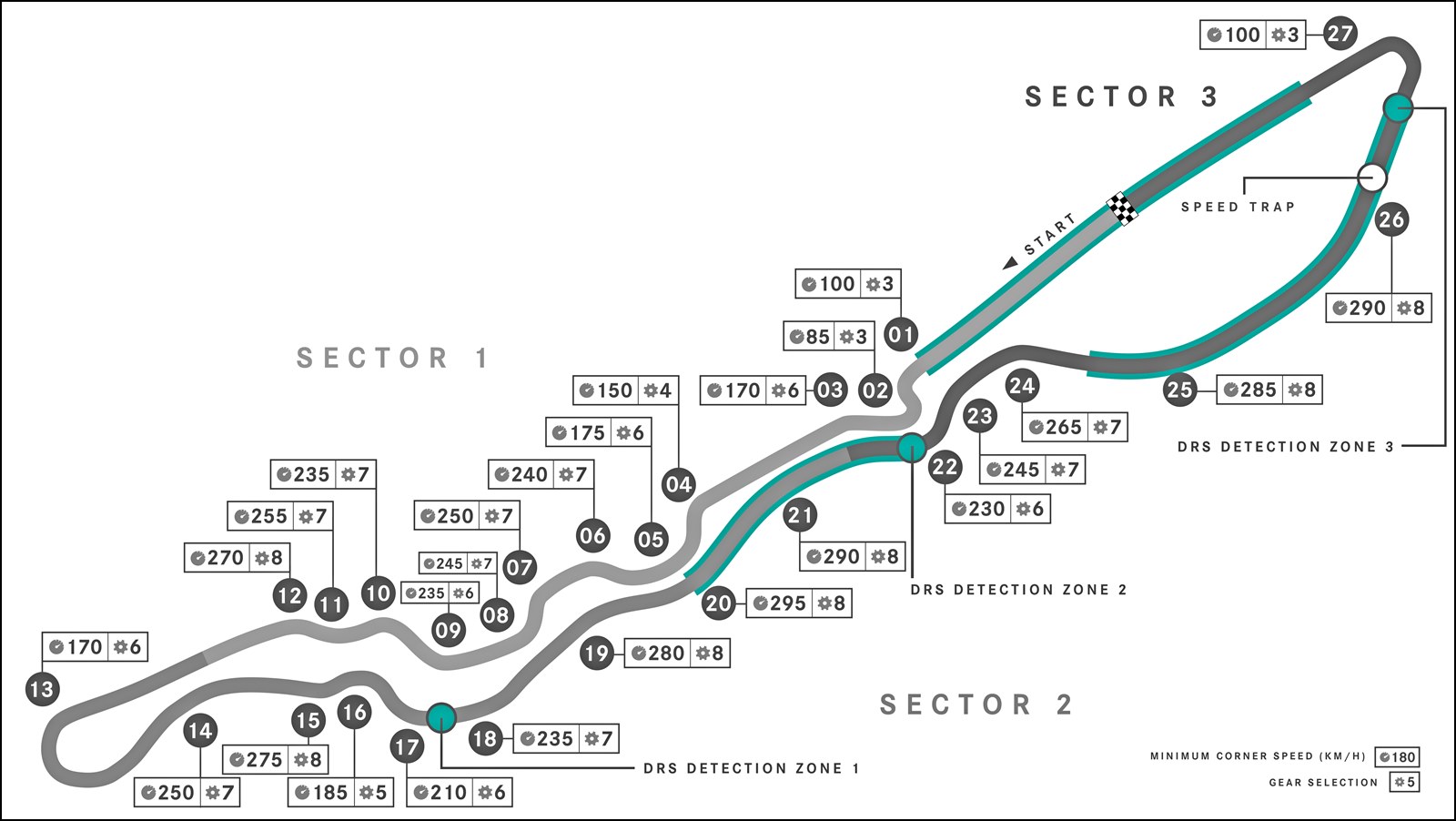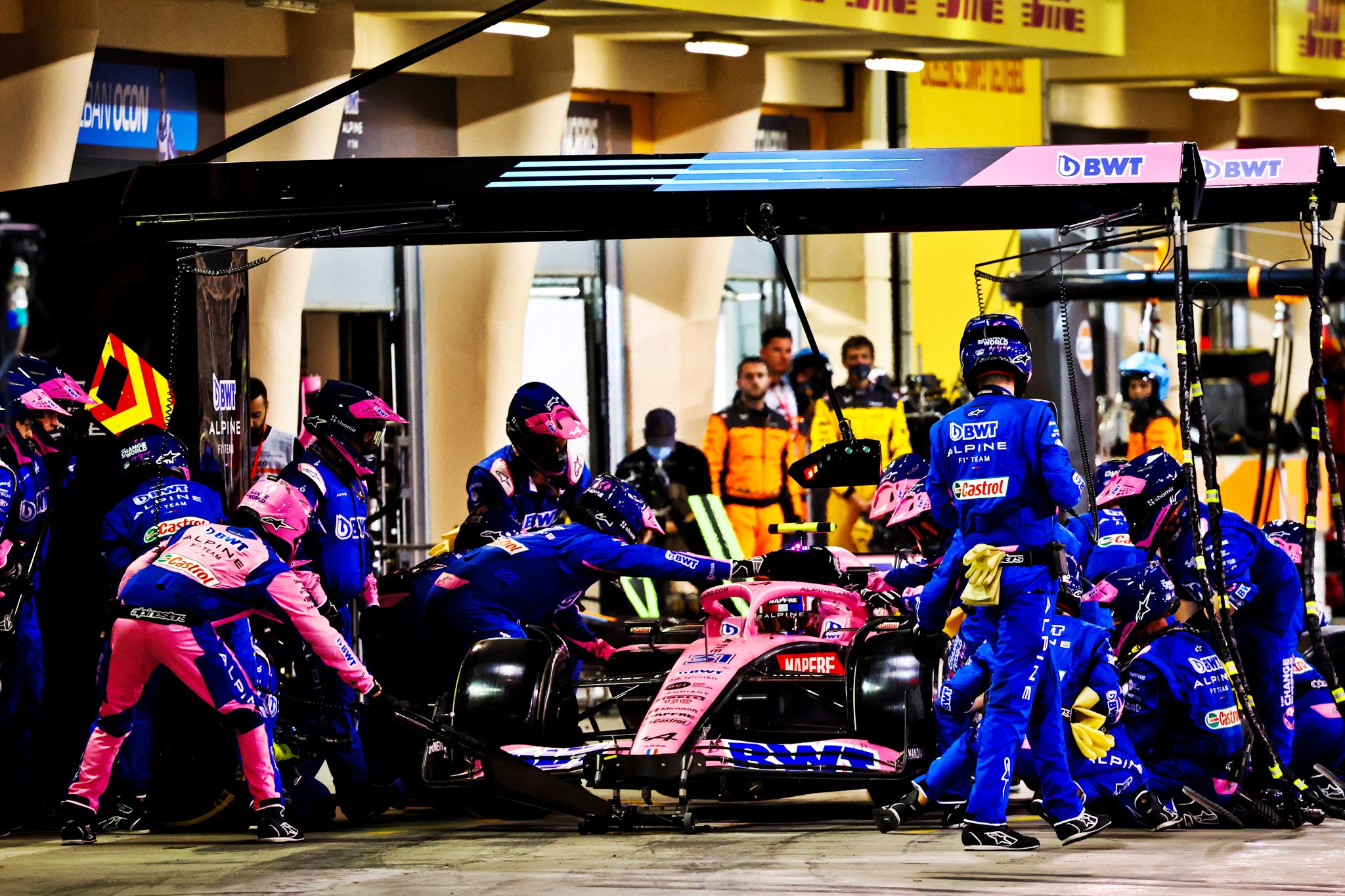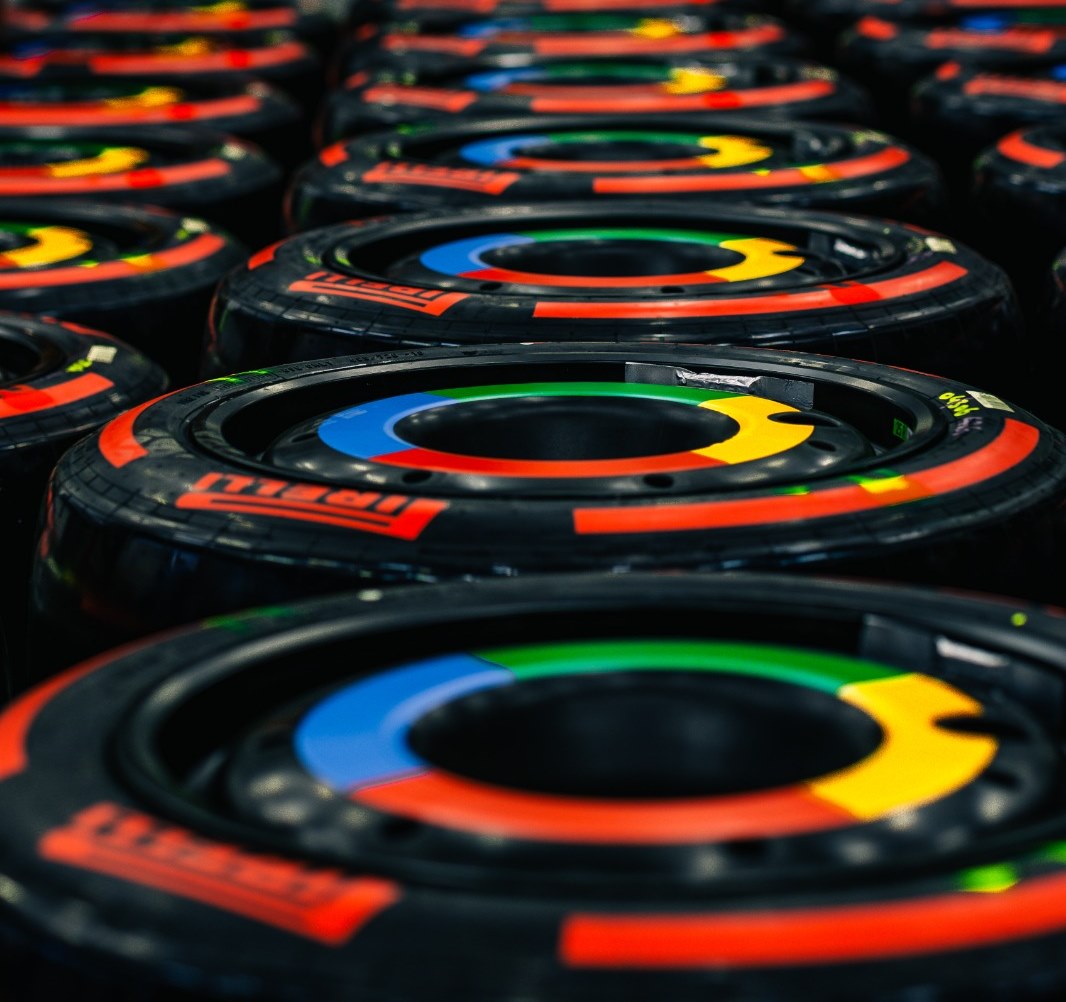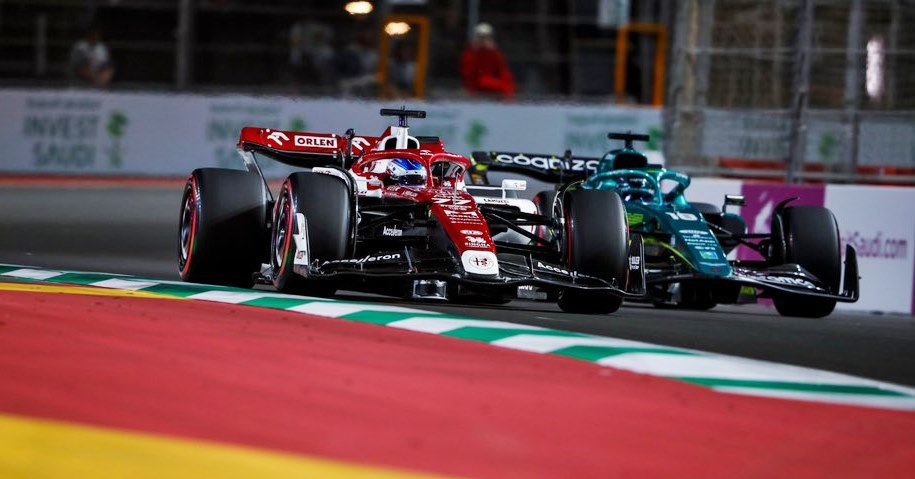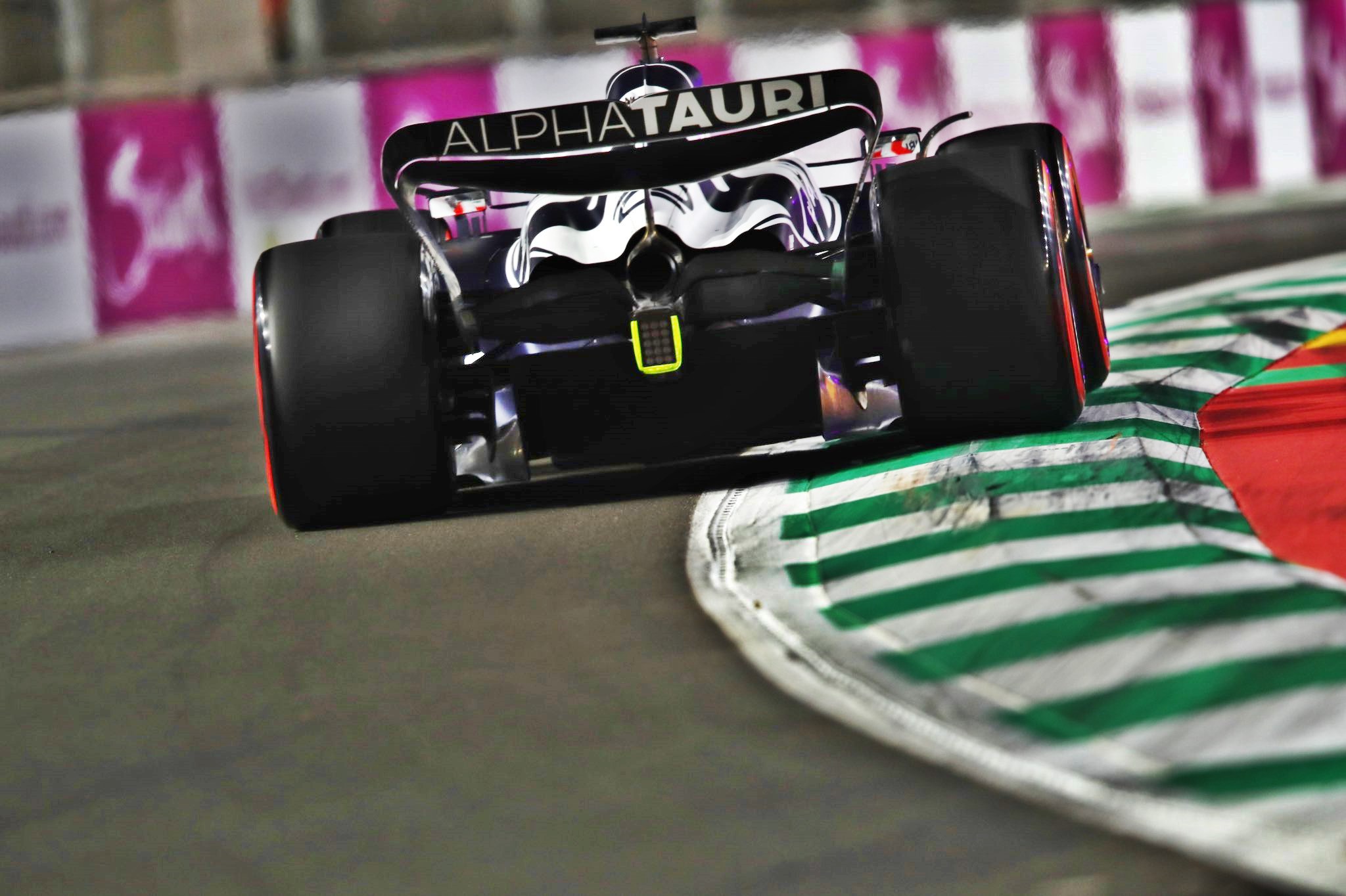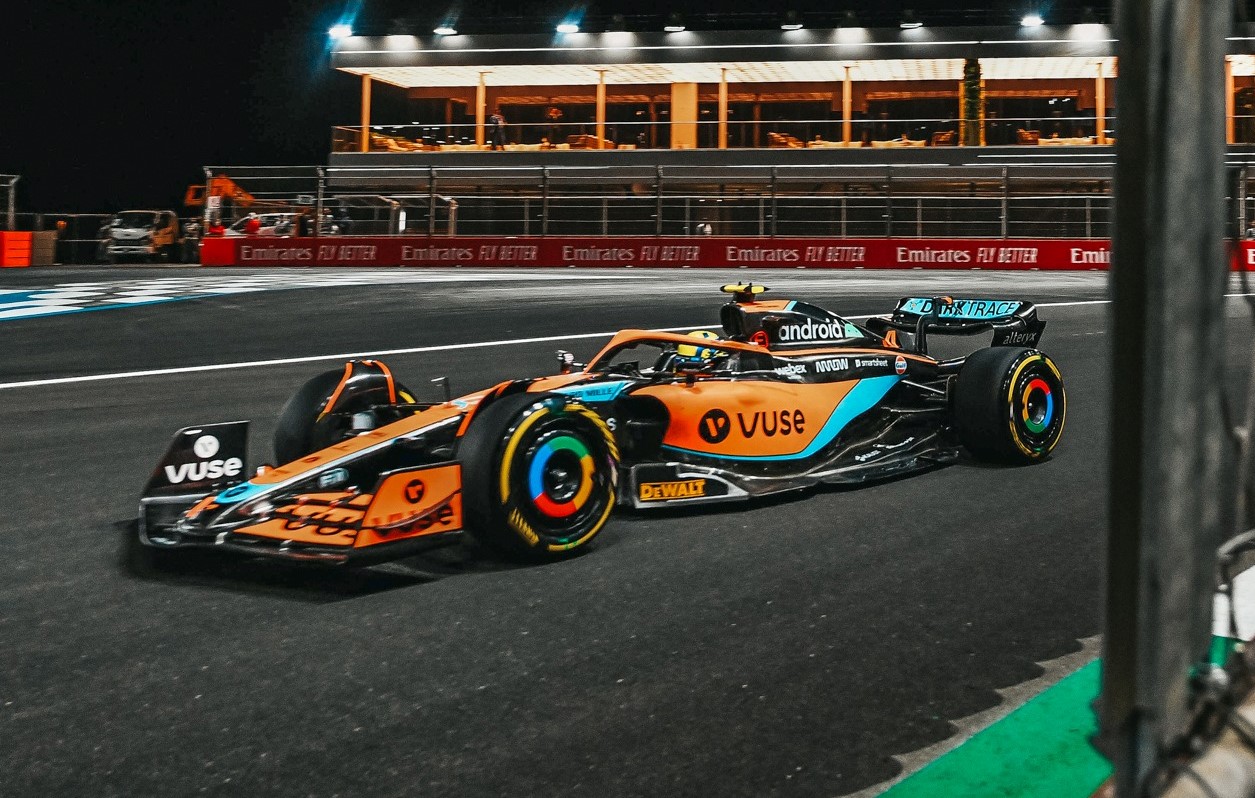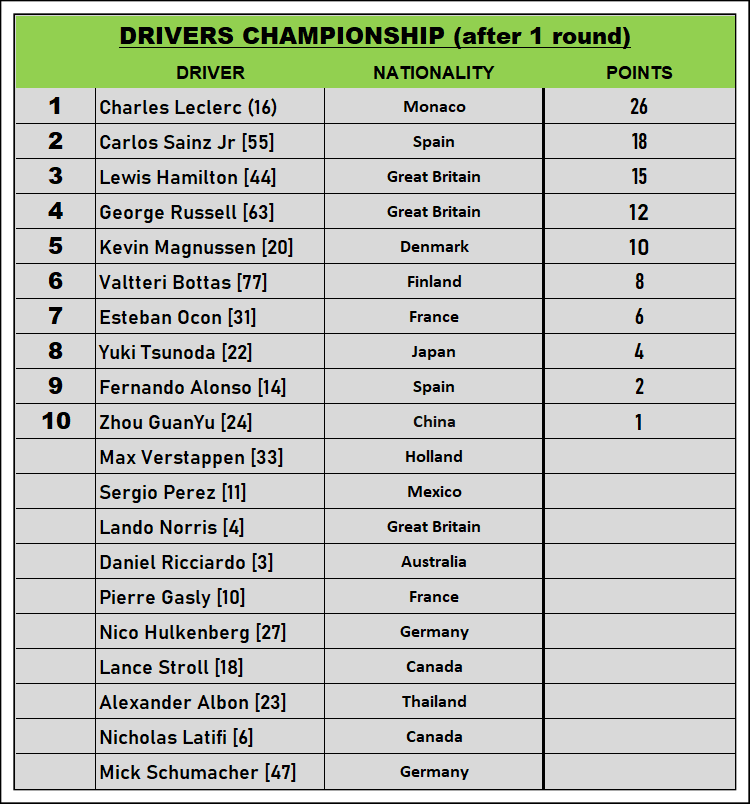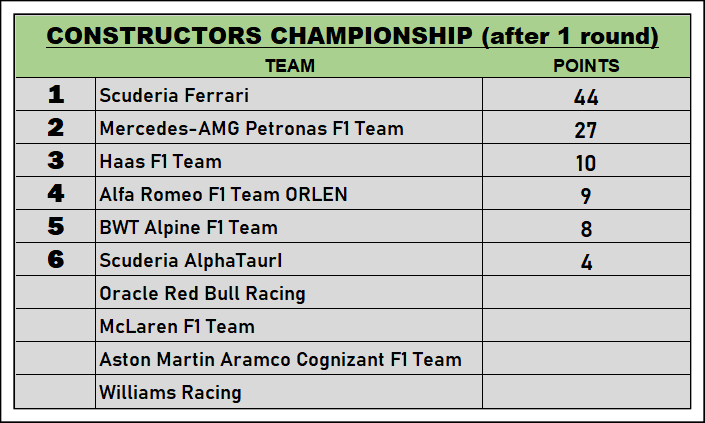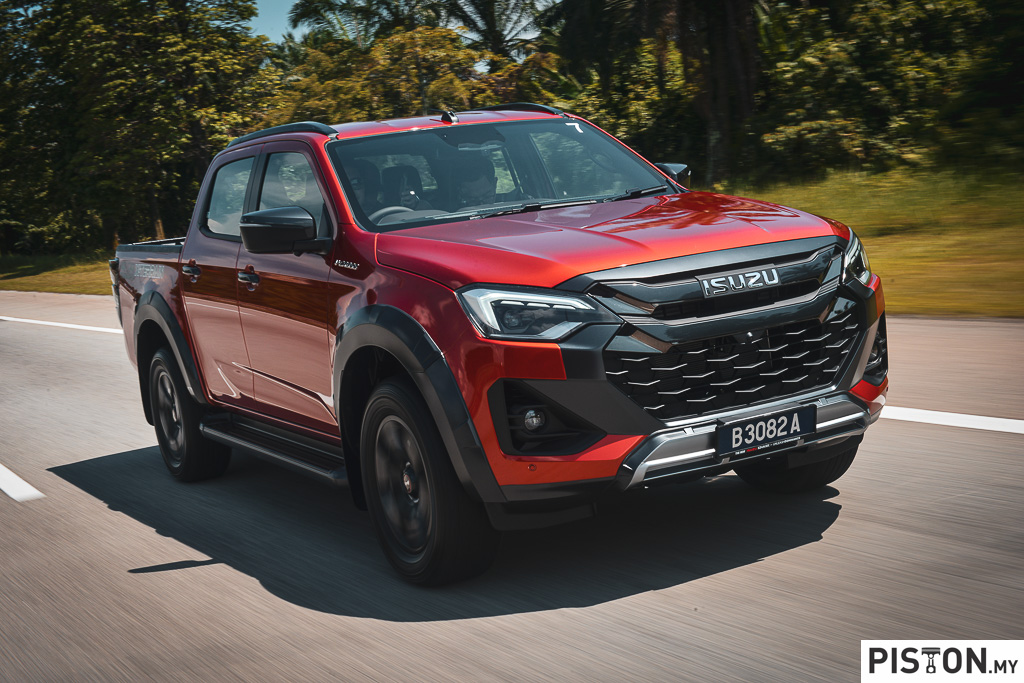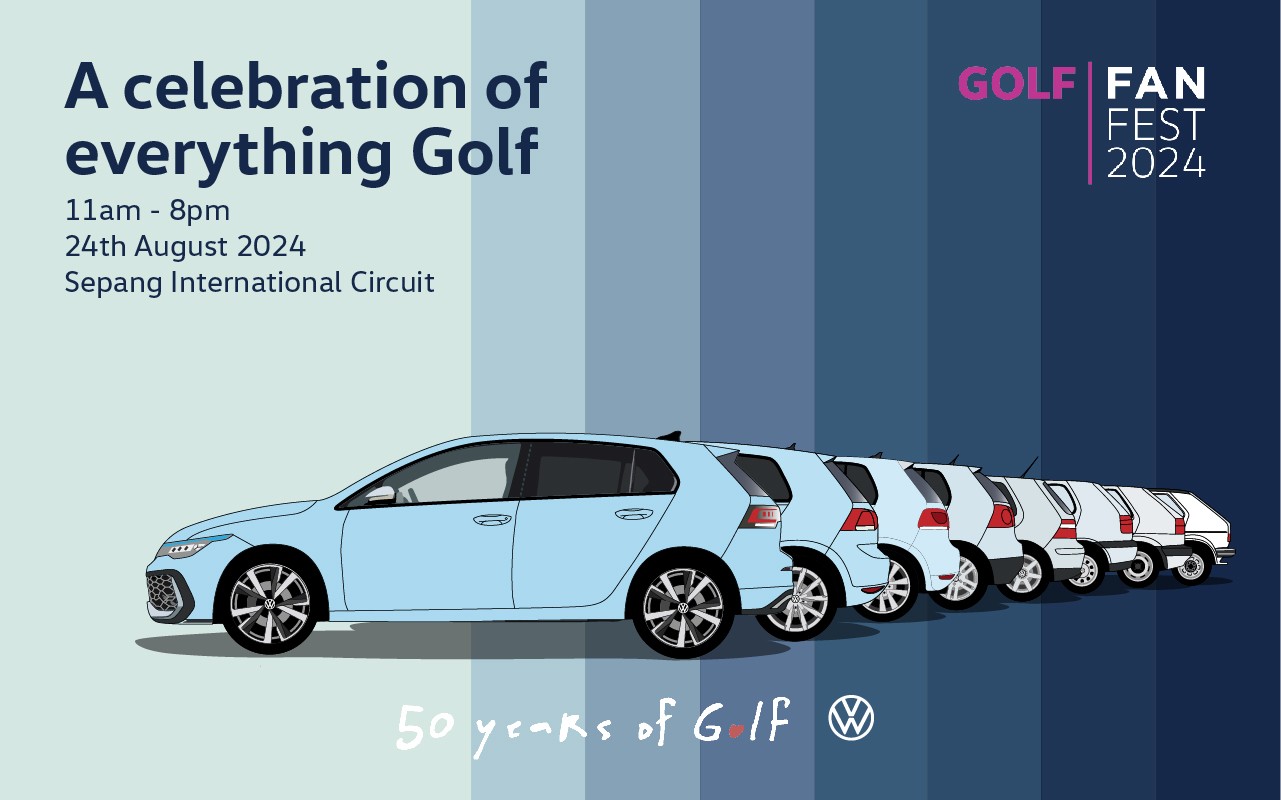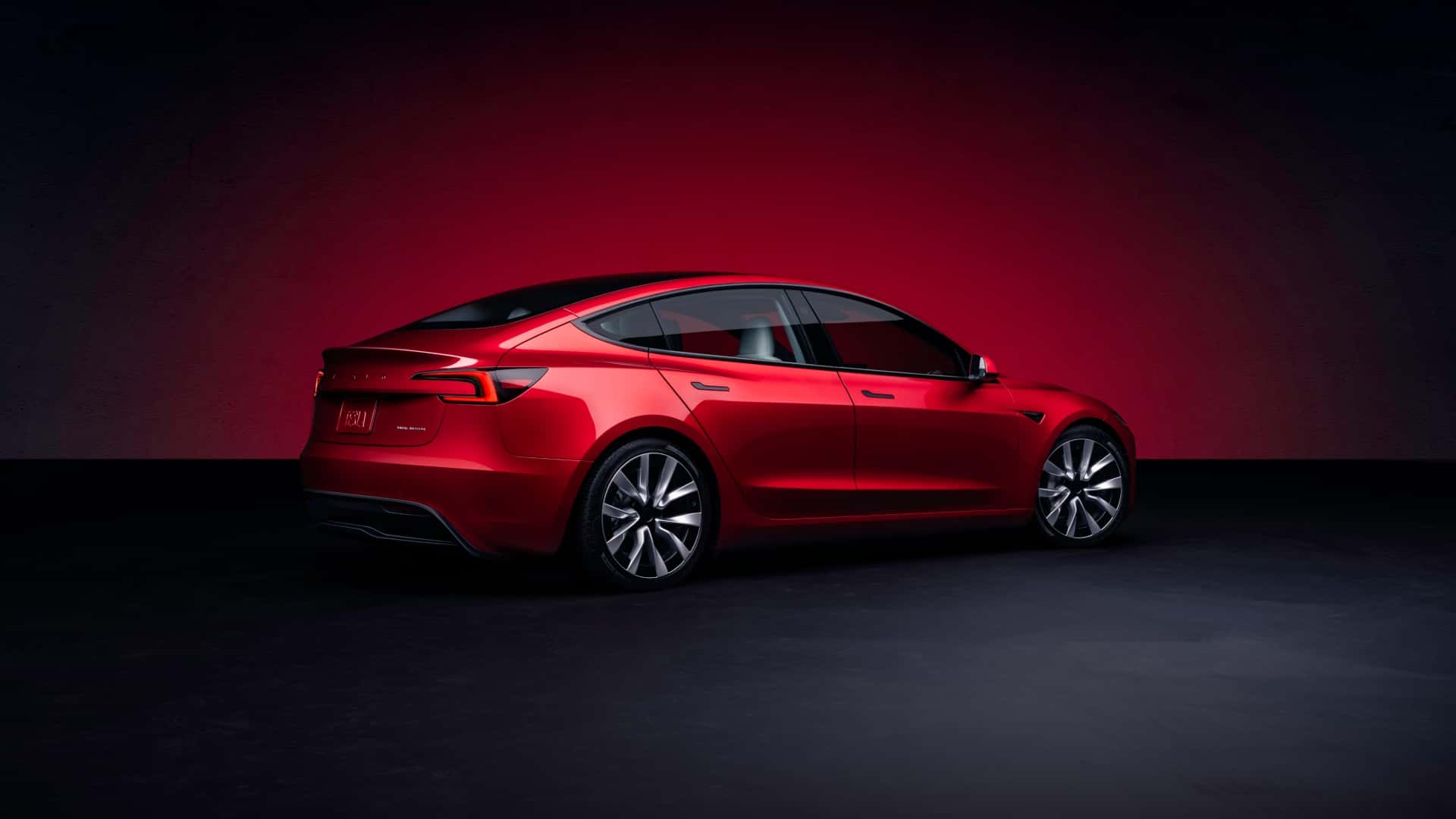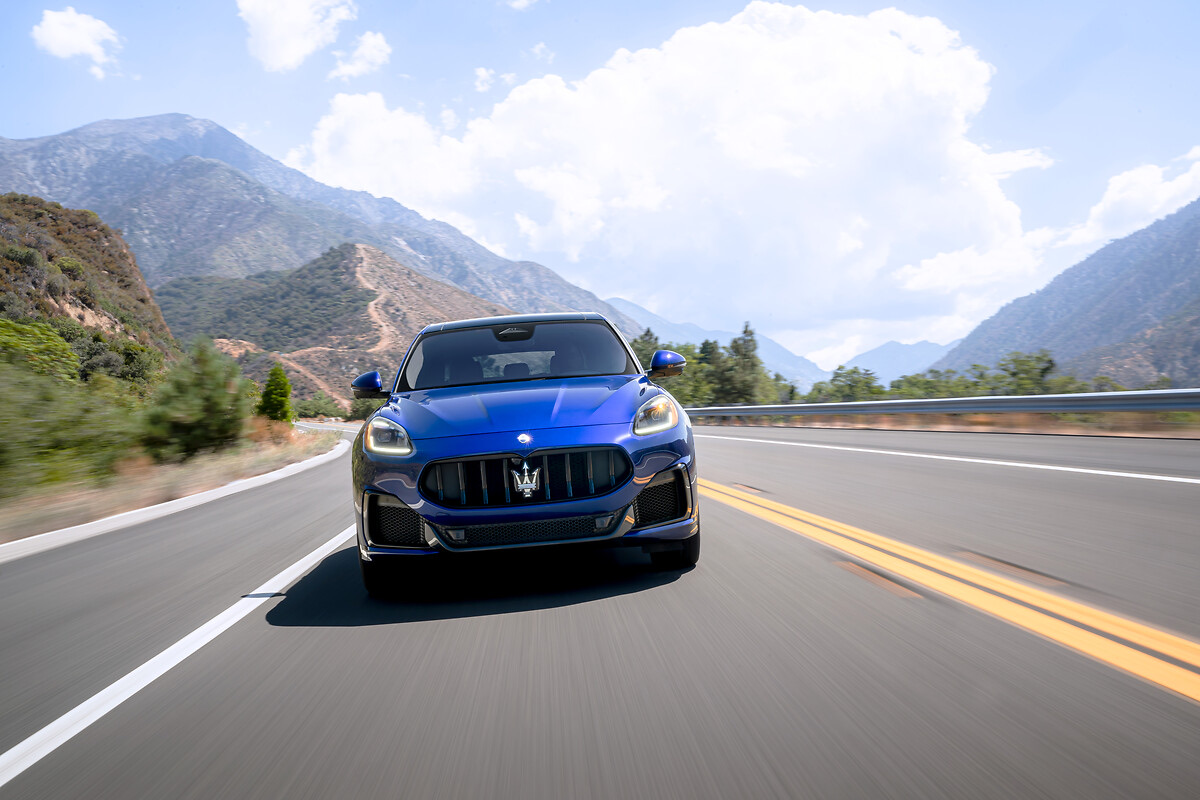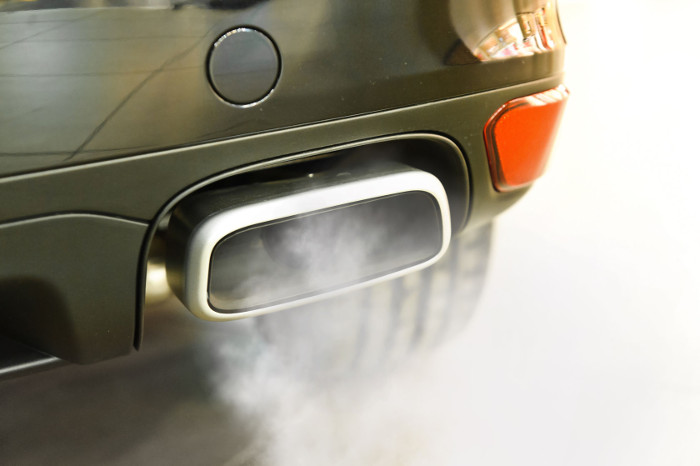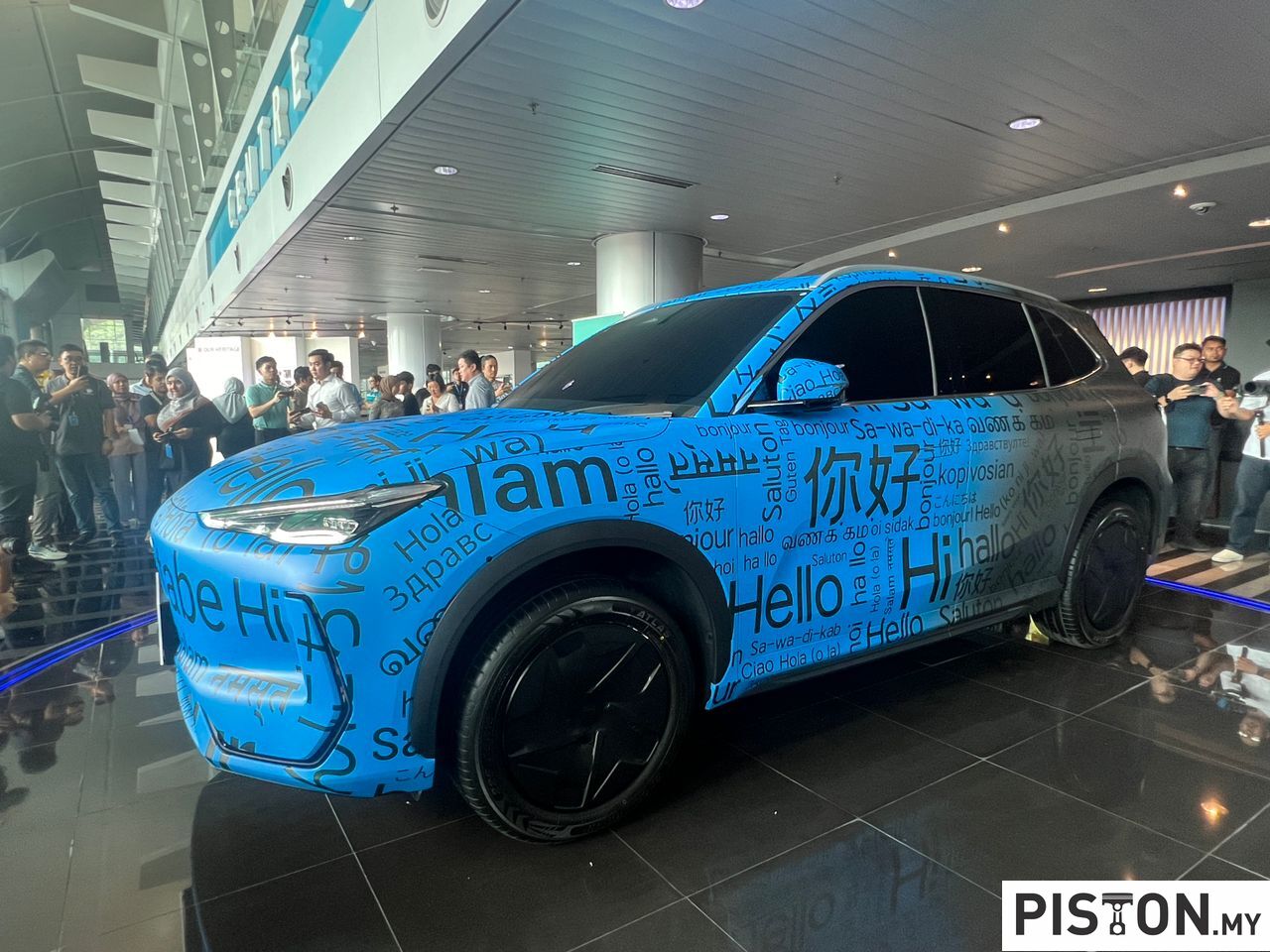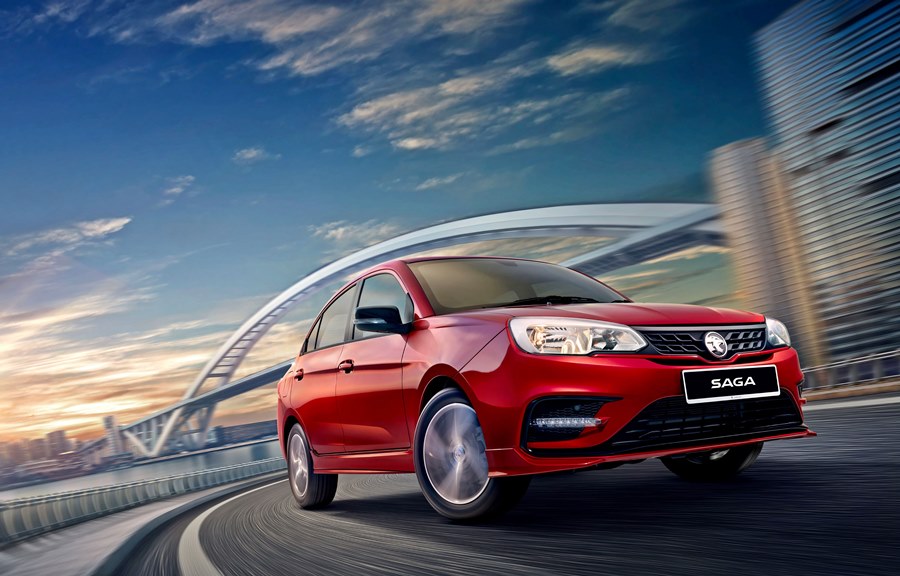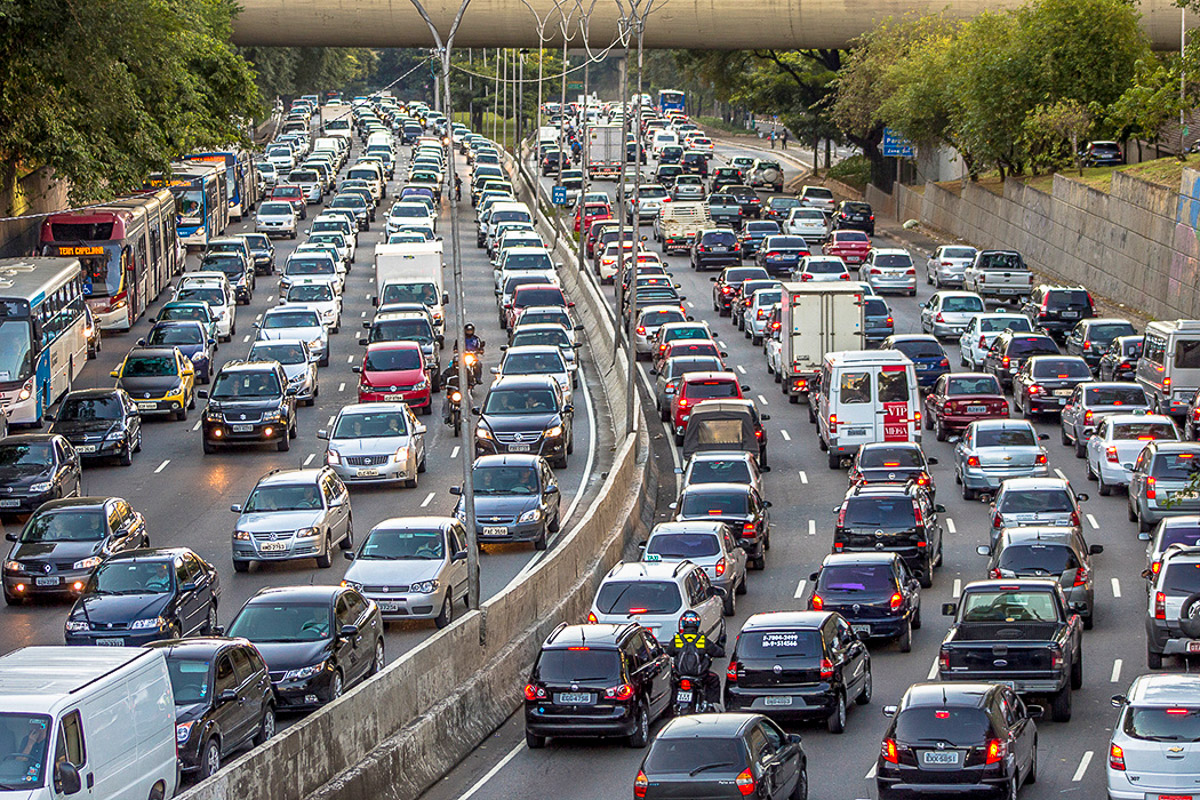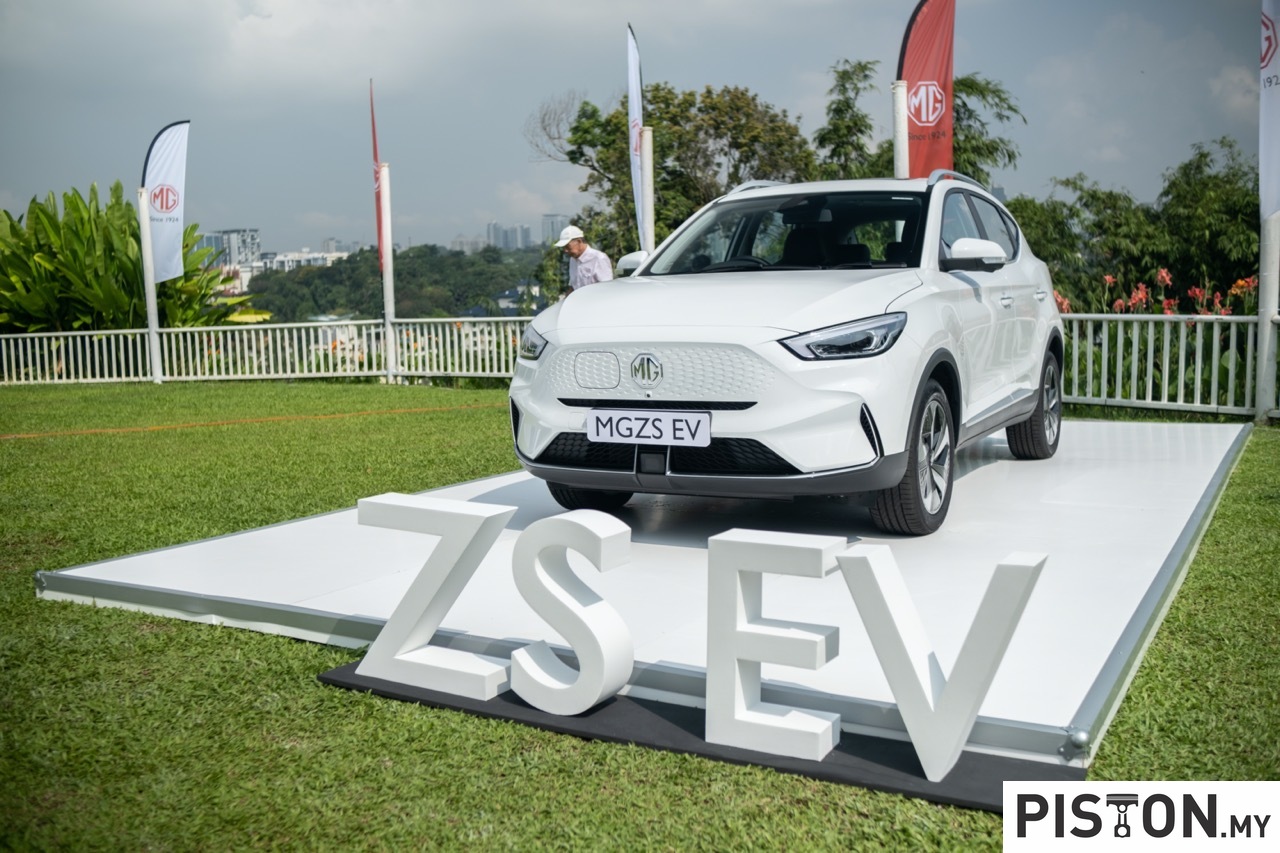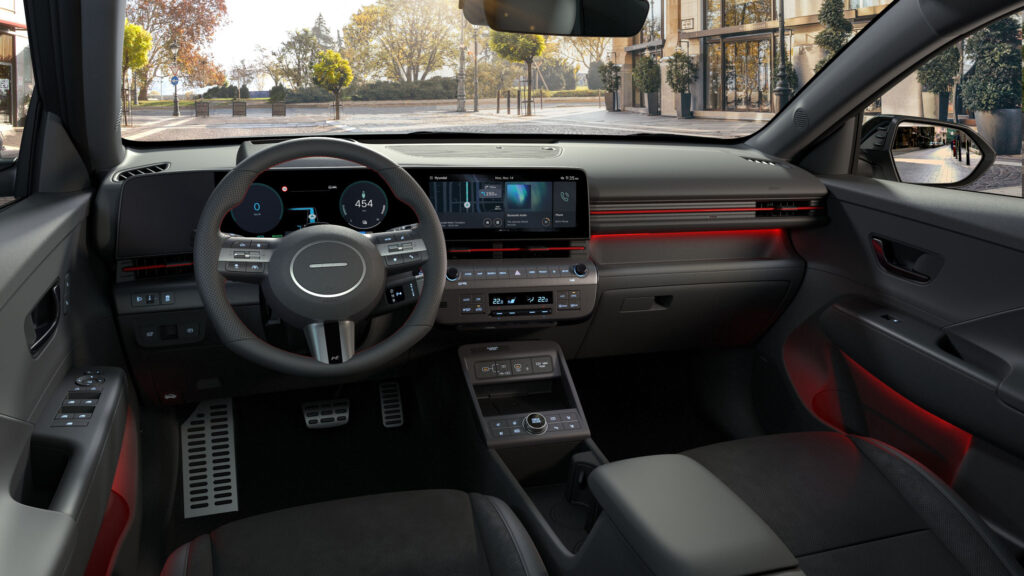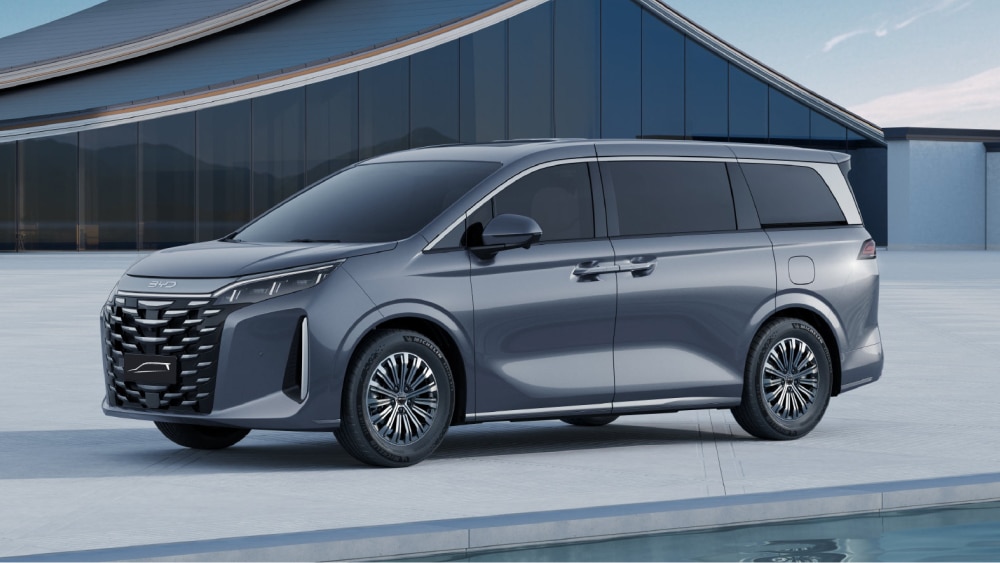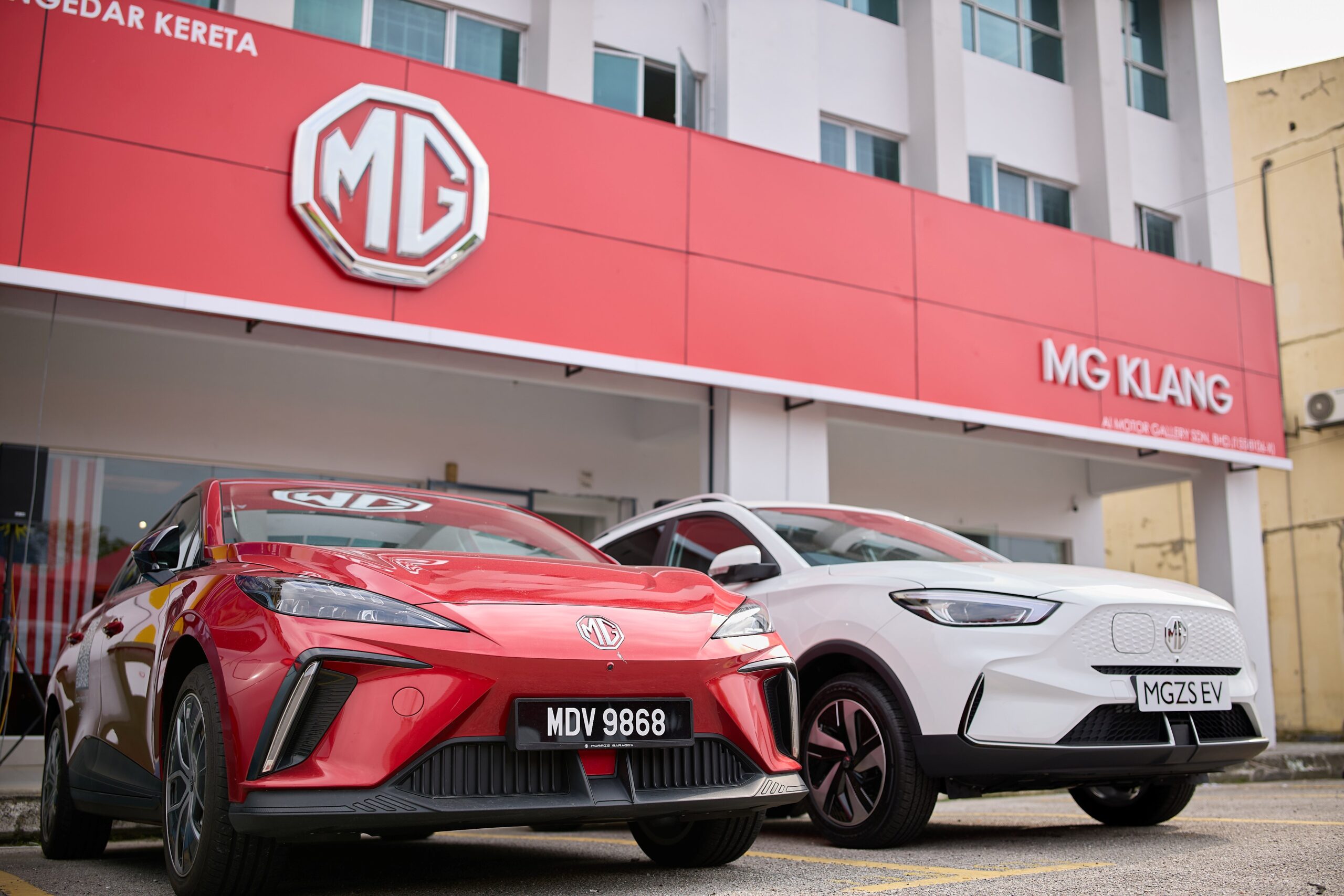Just as this year’s Formula 1 season sees major changes in technical regulations (including change in tyre sizes) that have required the teams to redesign their cars, Formula E – the all-electric single seater series that has been upgraded to World Championship status – will also see a similar change in 2023 which will be Season 9.
While the first season saw all the teams being supplied the same car (Spark-Renault SRT_01E), subsequent seasons allowed each team to further develop the electric motor, gearbox and suspension. The chassis for the Gen2 racing cars was maintained as a single type, produced by Spark Racing Technology, so that costs would be kept low.
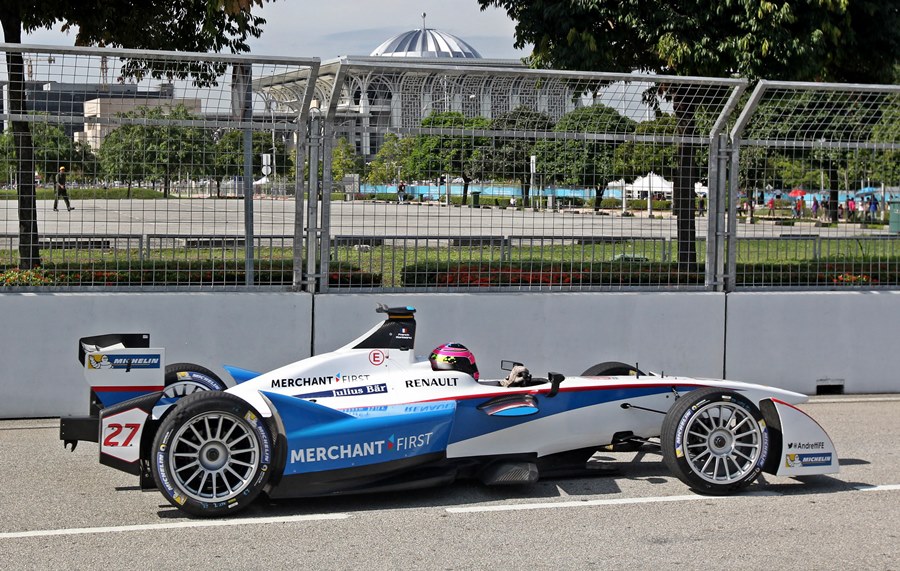
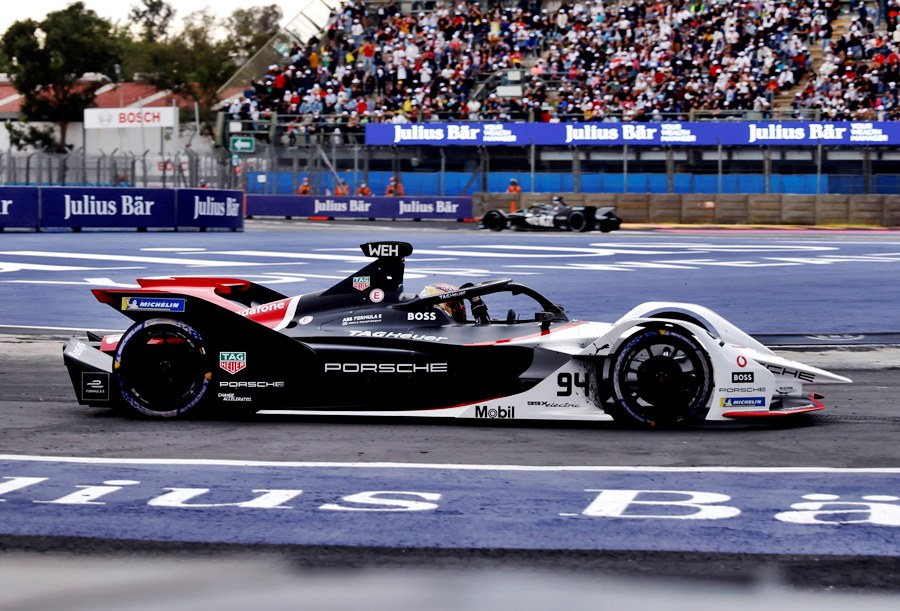
The Gen2 cars run their final season this year, after which will come the new Gen 3 cars. The organisers will unveil the new car at the Yacht Club de Monaco on April 28 prior to the 2022 Monaco E-Prix.
The teams will be able to take a close look at the racing car while fans around the world will be able to watch via championship’s digital channels. While the world will see the Gen3 race car for the first time, Formula E has its sights further into the future of the series. In Monaco, Formula E and the FIA will host a roundtable event bringing together leaders from manufacturers across the automotive sector. This summit will focus on the potential innovations and technology roadmaps for the Gen4 era as Formula E affirms its position as the pinnacle of electric mobility development and racing.
“Formula E’s Gen3 race car represents a leap forward for motorsport and electric mobility,” said Jamie Reigle, CEO of Formula E. “Designed to demonstrate that high performance, efficiency and sustainability can be packaged together without compromise, the Gen3 car is our most powerful, lightest, and fastest racing car to date. We look forward to finally taking the covers off the Gen3 in Monaco, a location steeped in motor racing history, and seeing the car light up city streets around the world next season.”
The Gen3 car will show the impressive progress in EV development achieved in the championship. Formula E has worked closely with the FIA and industry-leading engineers and experts in sustainability to ensure the Gen3 will also set the benchmark for sustainability in high performance racing cars. The car is the first Formula car aligned to Life Cycle Thinking, with a designed second life for tyres, broken parts and battery cells. Additionally, the Gen3 will be net-zero carbon – reinforcing Formula E’s status as the first sports series to be net-zero carbon from inception.
Overview of technical details
Formula E has now provided this overview of the new racing car’s technical details:
An electric motor delivering up to 350 kw of power (equivalent to 470 bhp), giving a top speed of 320 km/h, with a power-to-weight ratio that is twice as efficient as an equivalent 470 bhp internal combustion engine.
At least 40% of the energy used within a race will be produced by regenerative braking during the race.
The first Formula car with both front and rear powertrains. The new front powertrain adds 250 kW to the 350 kW at the rear, more than doubling the regenerative capability of the current Gen2 to a total of 600 kW.
The first Formula car that will not feature rear hydraulic brakes due to the addition of the front powertrain and its regenerative capability.
Lighter and smaller than the Gen2, it will be faster and more agile.
“The arrival of the Gen3 is the latest momentous step of an incredible journey for the championship,” said Alejandro Agag, Formula E Founder & Chairman. “We have come a long way – as electric vehicles have – in less than a decade. And we are not stopping as we bring together industry leaders to imagine the possibilities of the future of all-electric single-seater motorsport.”




